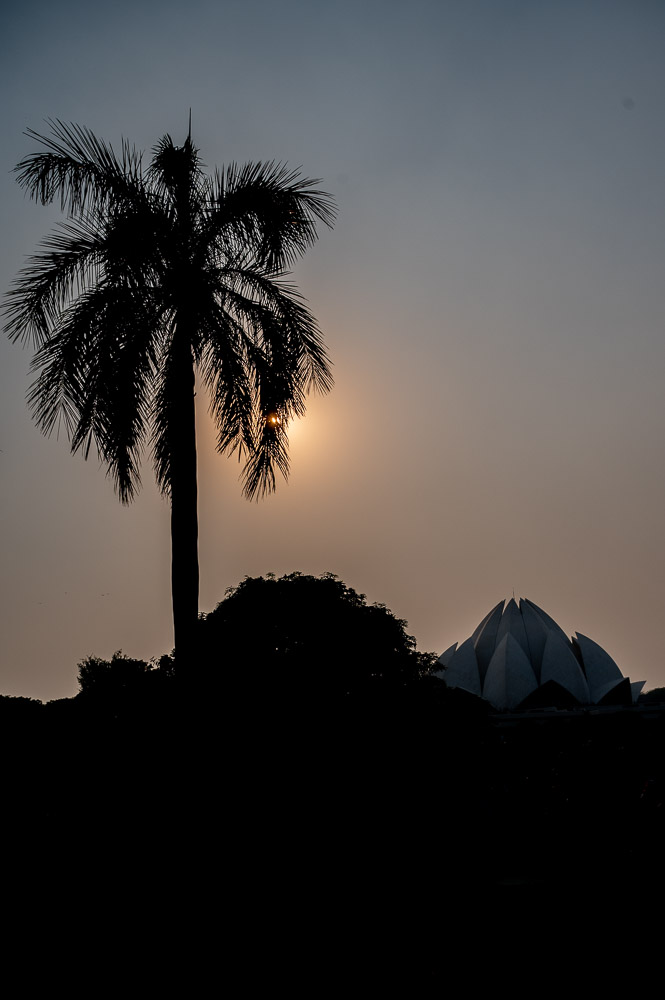I never felt so much like a stranger, yet I never felt so welcomed.
The stereo types are true: A sensory overload! and You have to dive deep to discover all the layers of India! All true, but I did not know that. For years, maybe decades, I have been postponing a trip to India. Mostly because I wanted to spend a long time over there, but that never seemed possible or practical. That is why I decided to go for a full seven days and see a reasonable amount of things (we certainly don’t want to do a repeat where my only day on the island of Palawan was honored with a lot of rain).
The main thing to see is the Taj Mahal (see later blog) and fill out the days, surrounding visiting this majestic site, around it. And that’s what happened. Without much further ado… here is Delhi and New Delhi (which seems to be one big conglomerate).
Laxminarayan Mandir
(AKA Shri Laxmi Narayan Temple)
The first of many temples we visited, this is a Hindu temple, inaugurated by Mr Mahatma Gandhi himself, who also ensured that members of the all castes would be allowed inside it.
No photography allowed inside (even cell phones had to be stored in lockers).
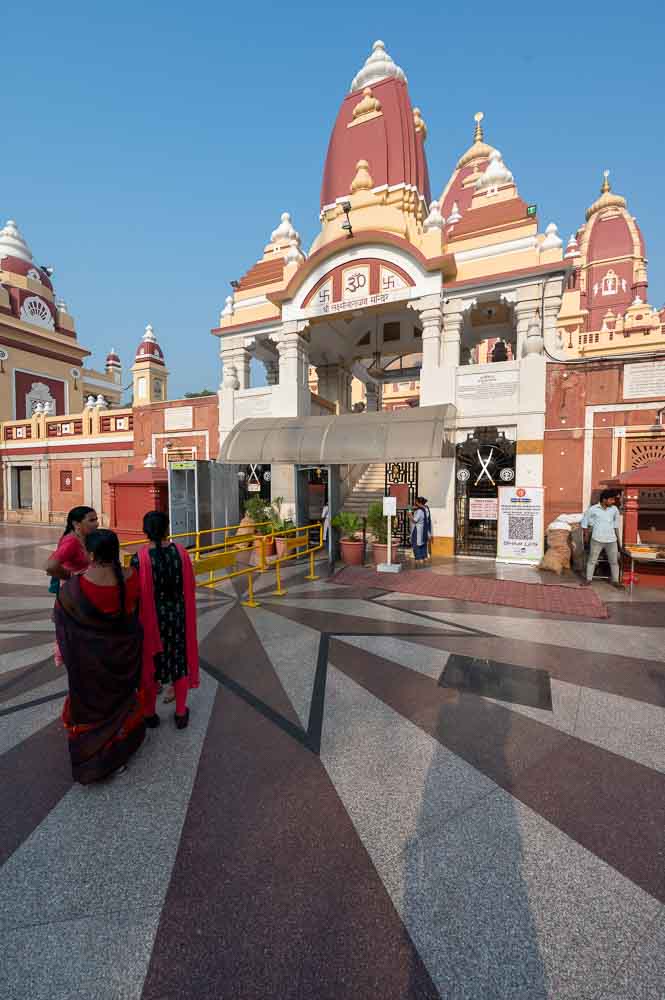
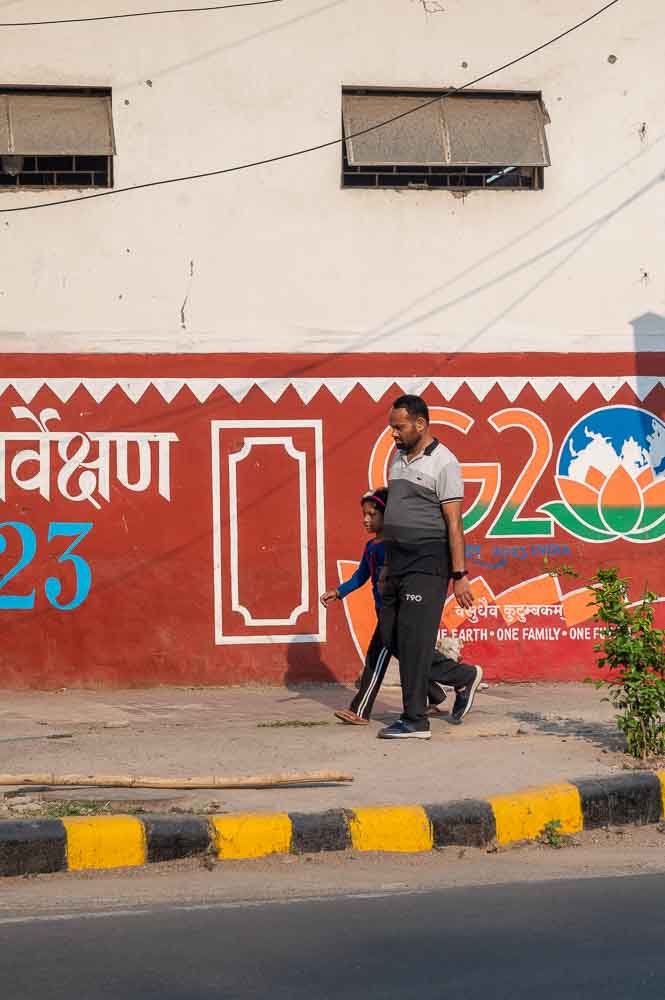
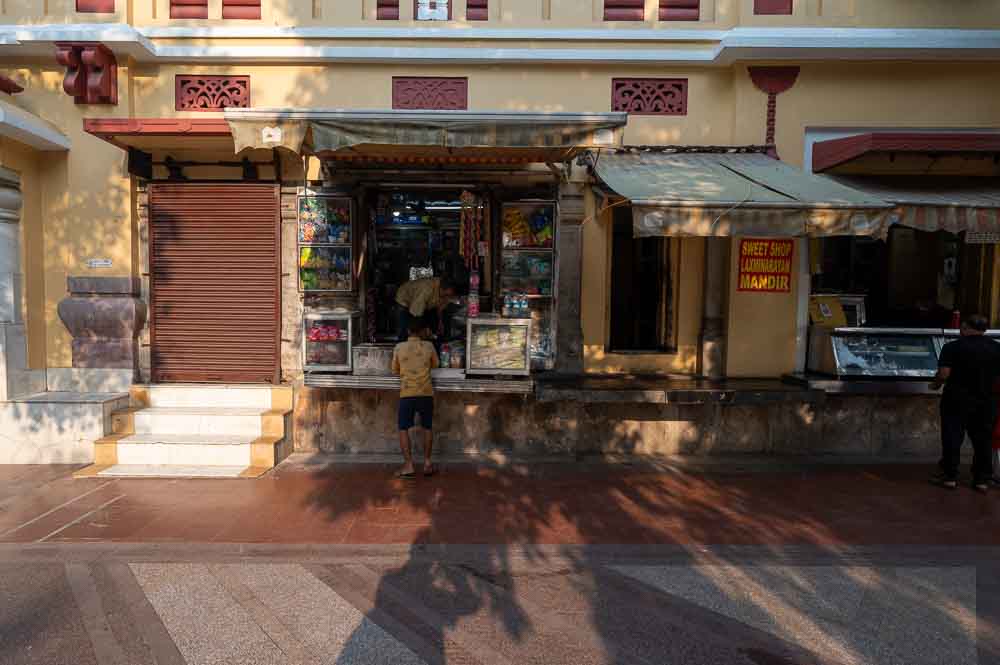
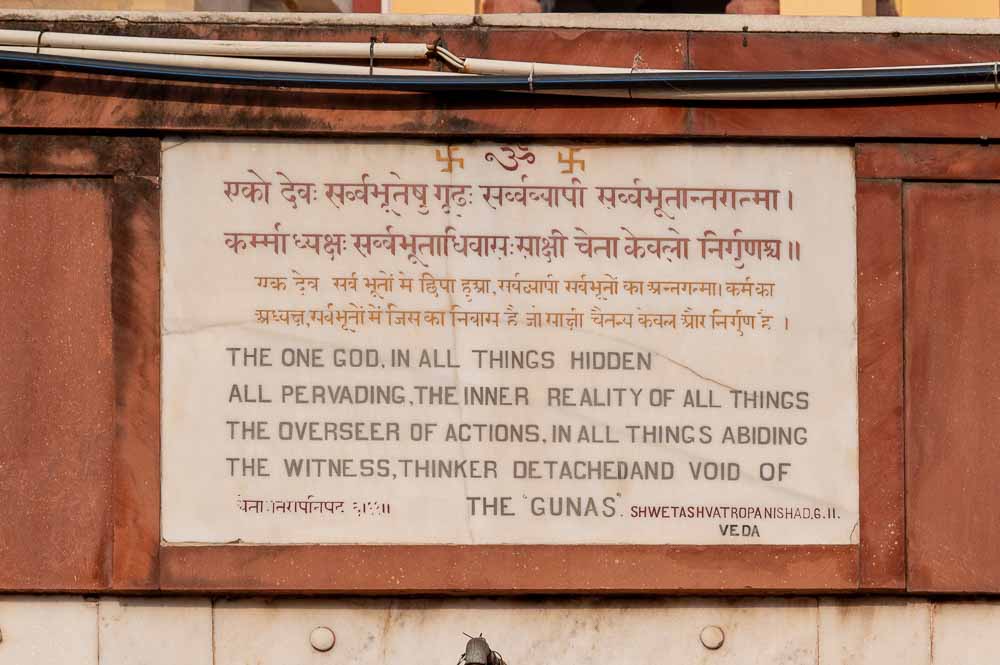
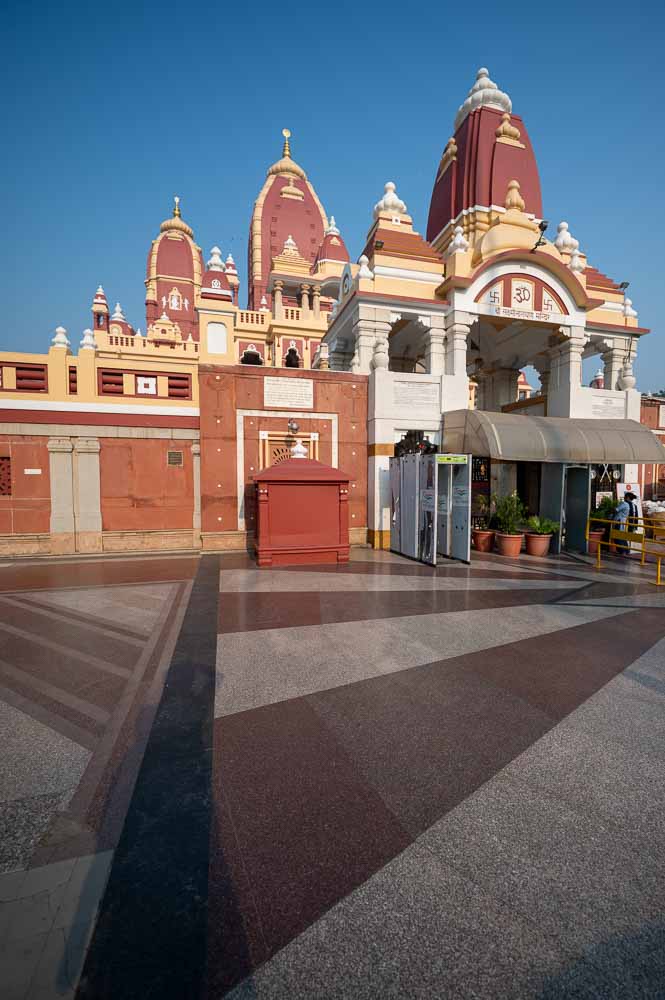
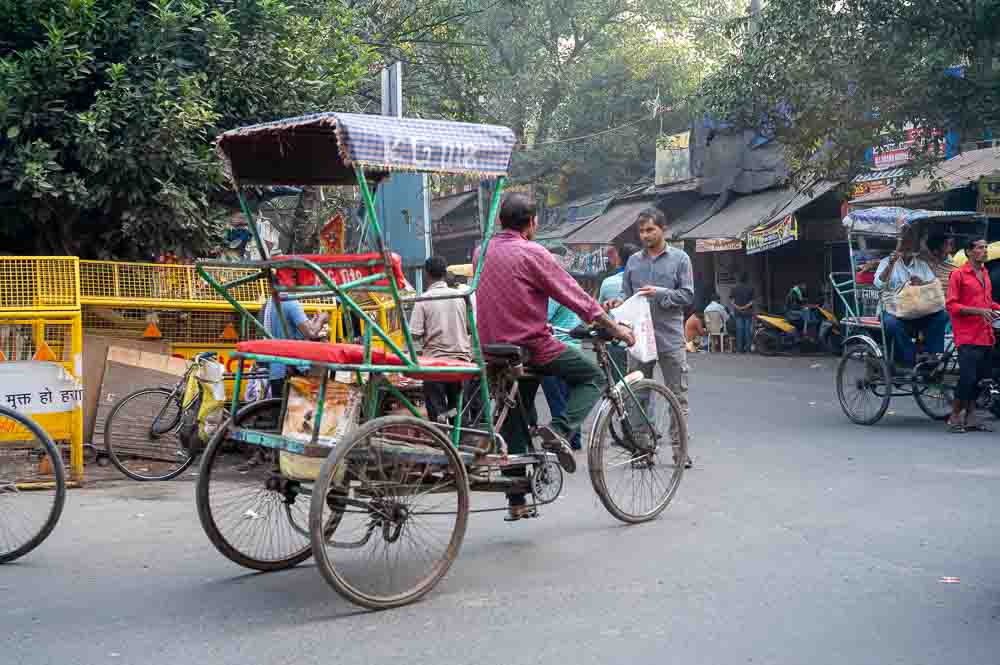
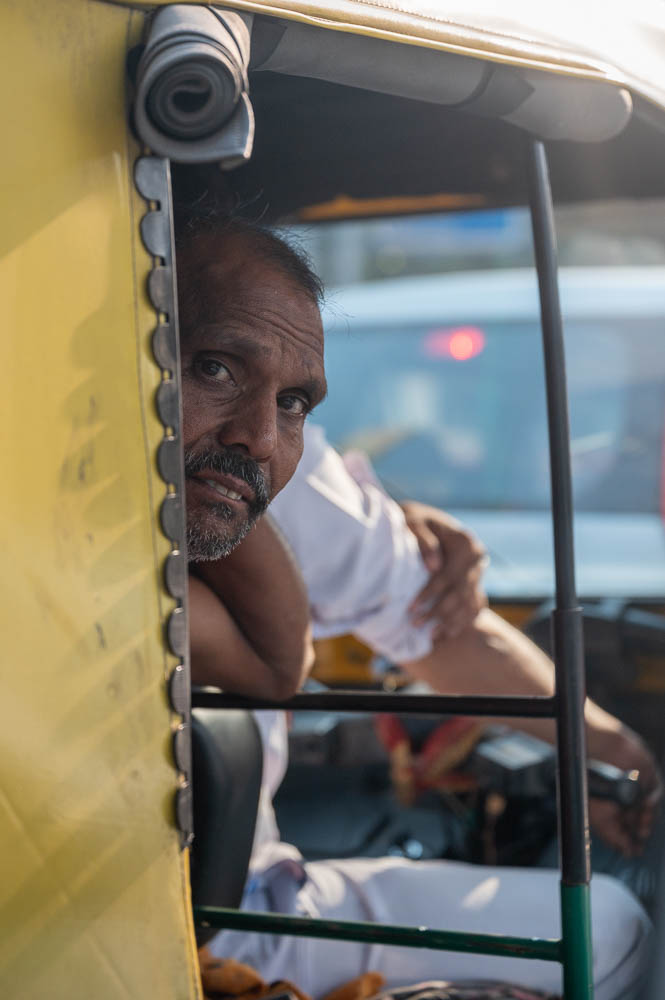
Red Fort
(AKA Lal Qila)
The Red Fort in Delhi was constructed in 1638 when Emperor Shah Jahan moved the capital from Agra to Delhi, during construction of the Taj Mahal.
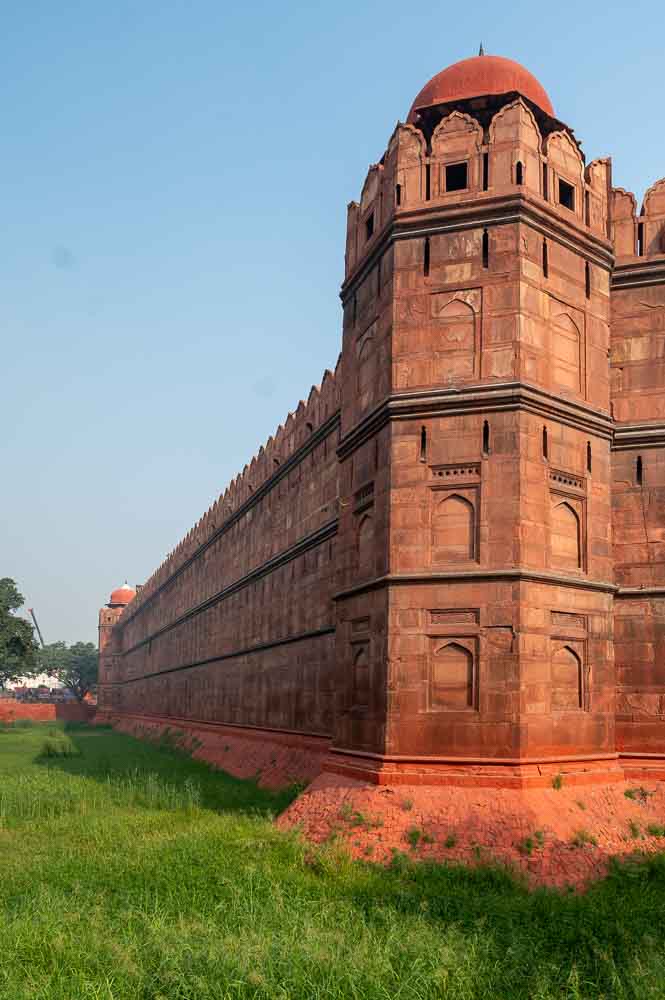
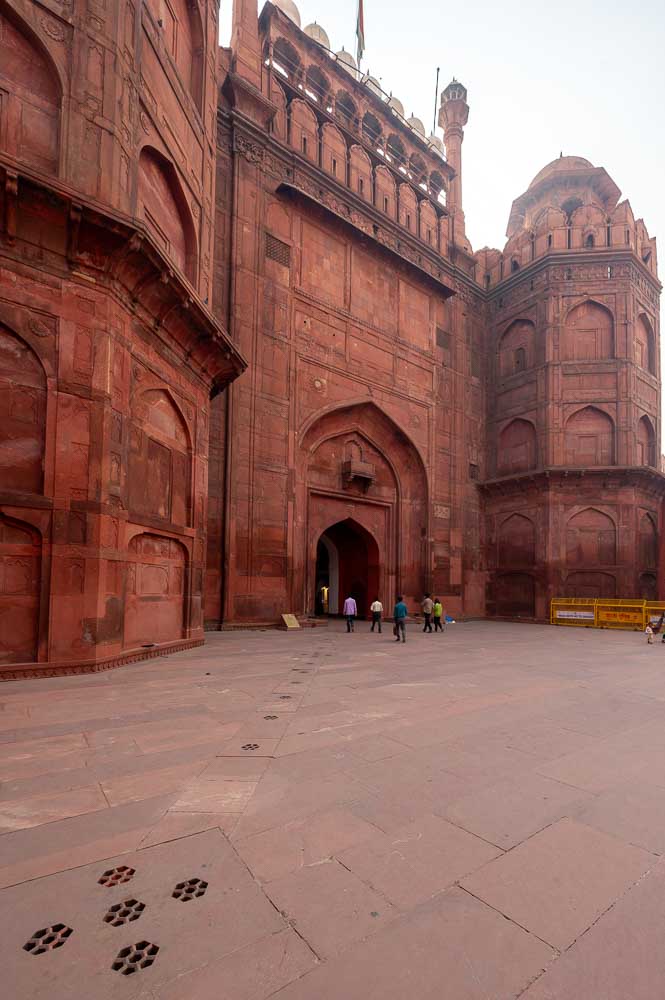
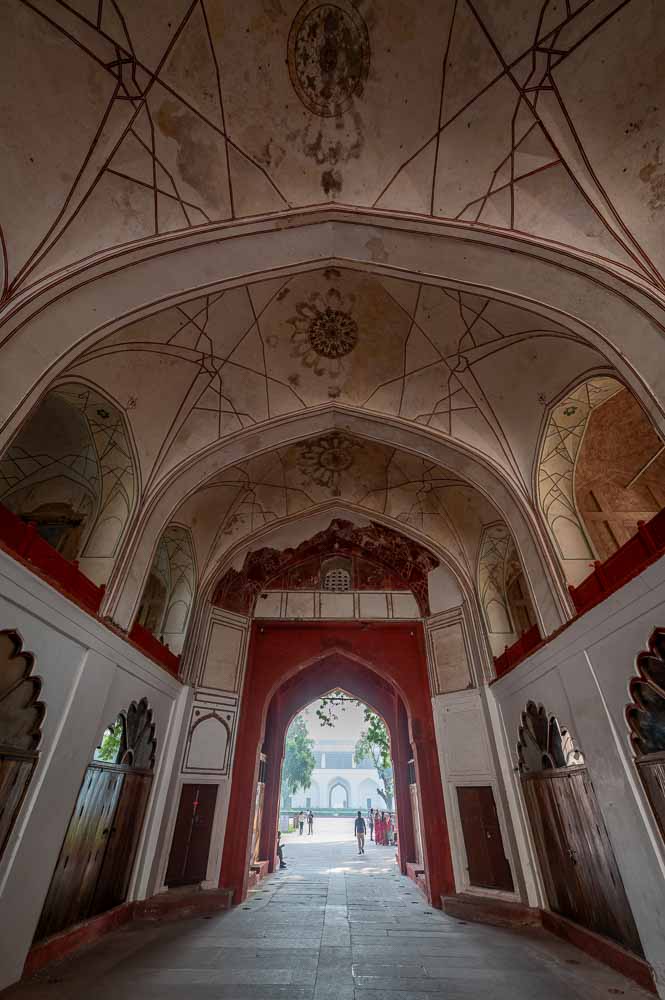
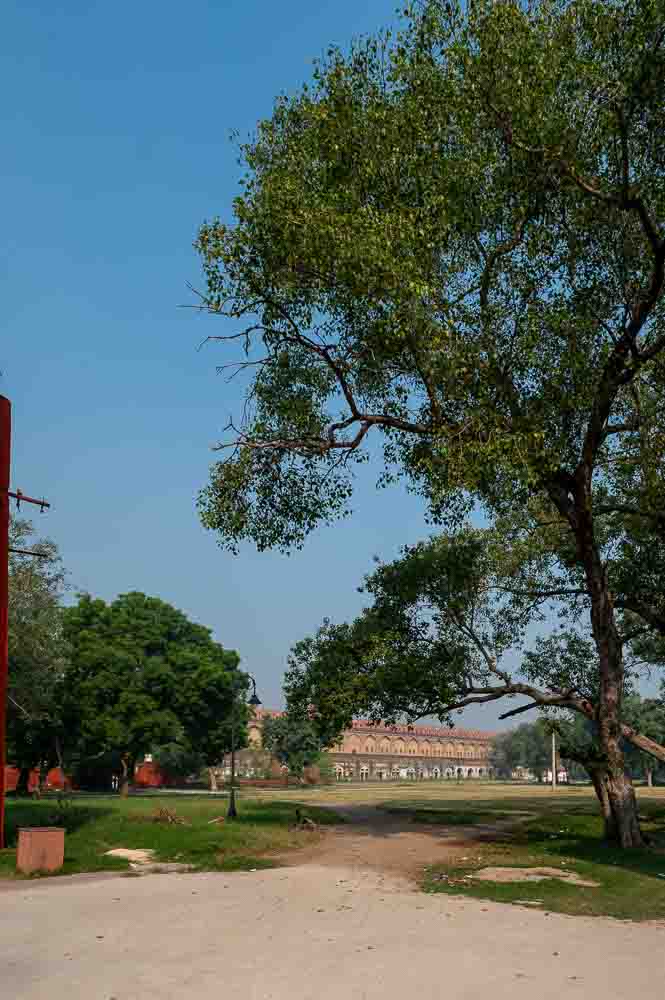
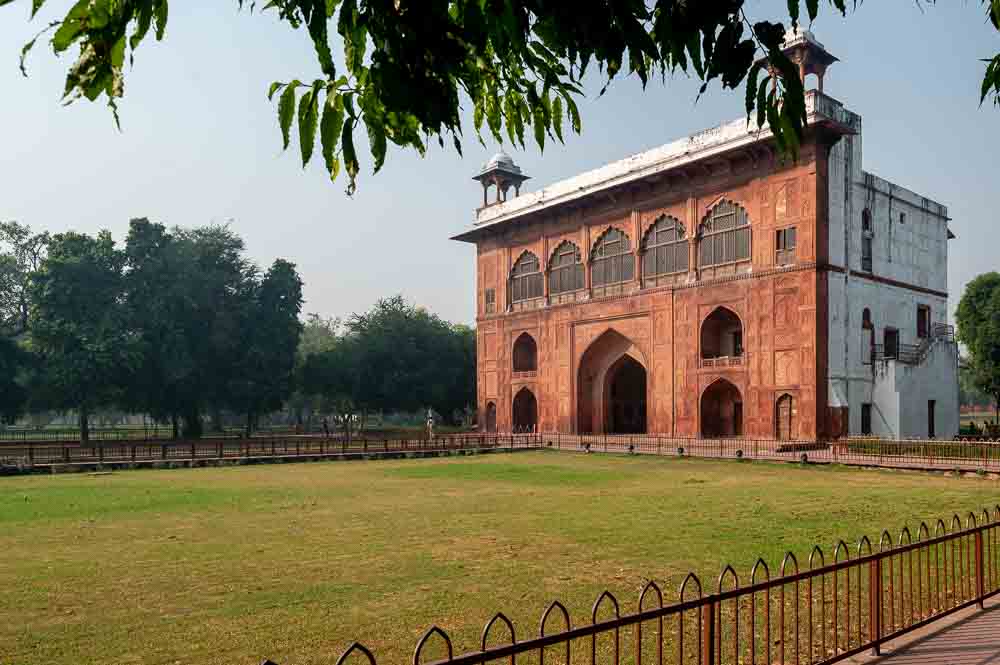
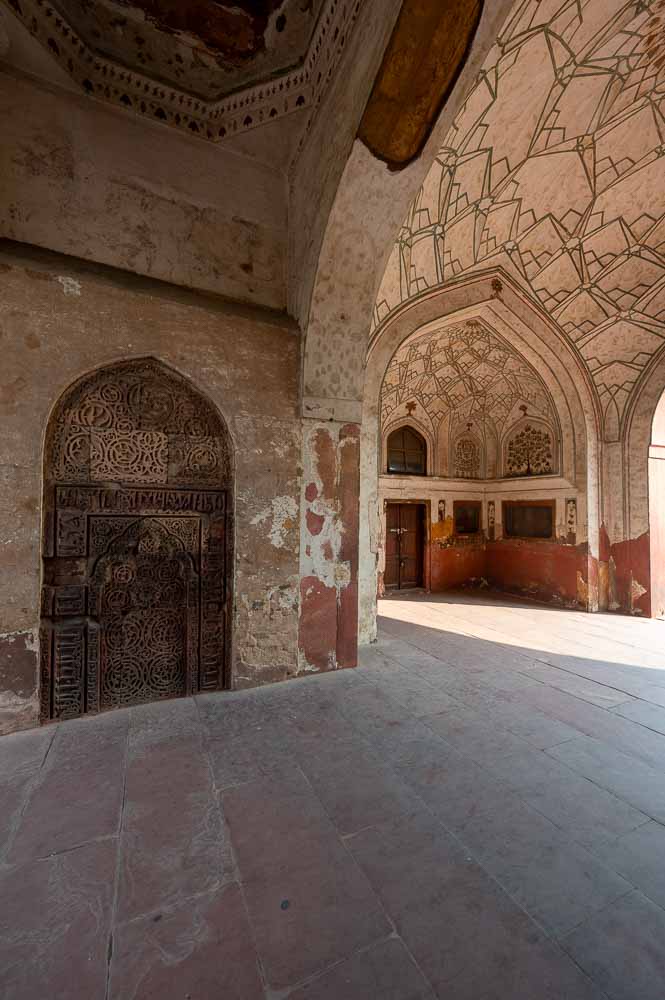
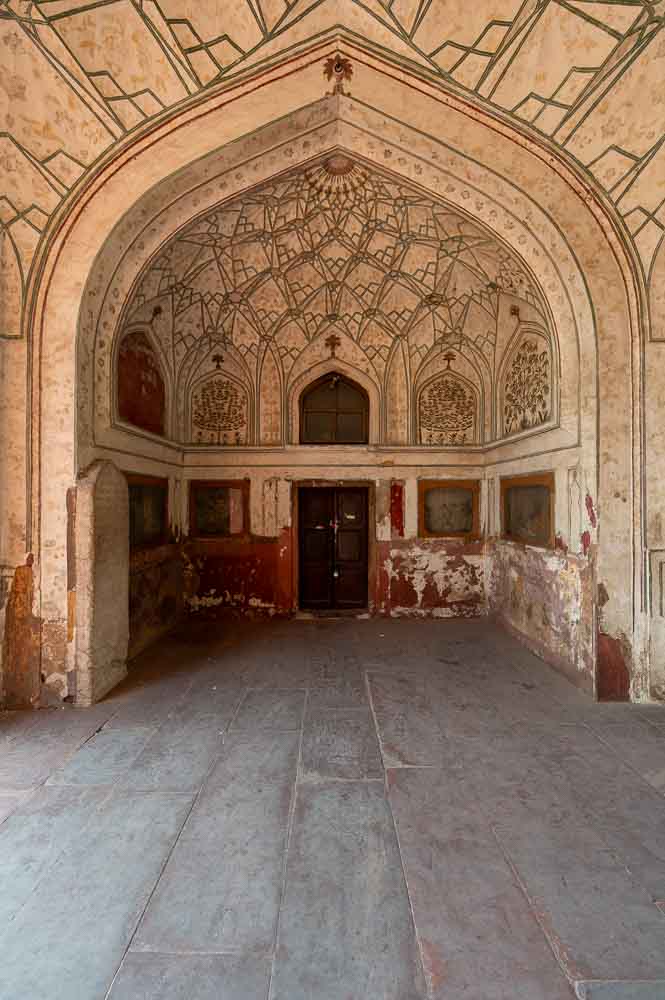
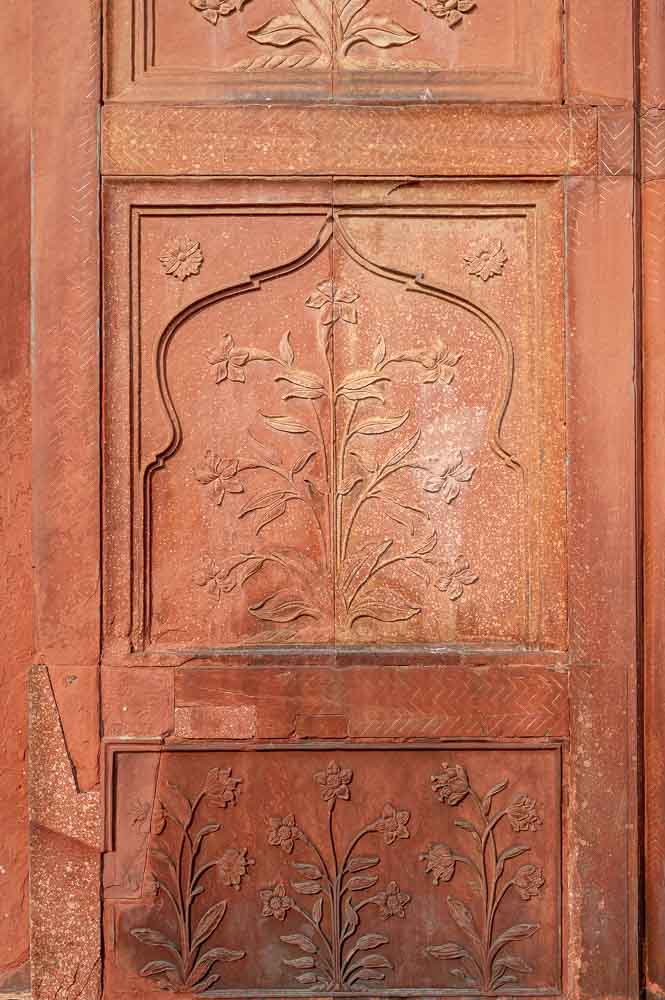
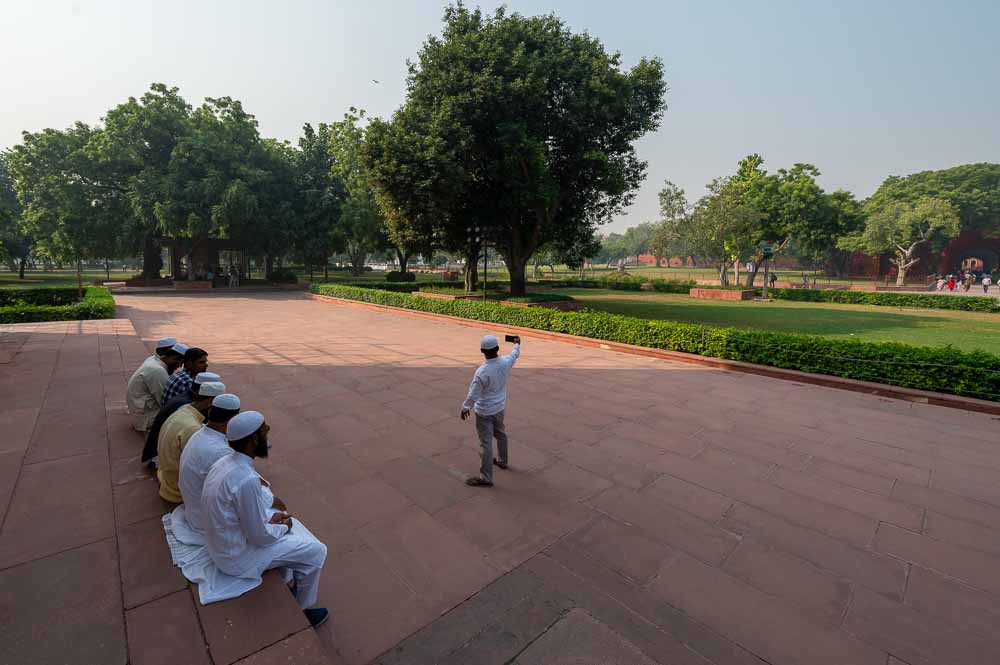
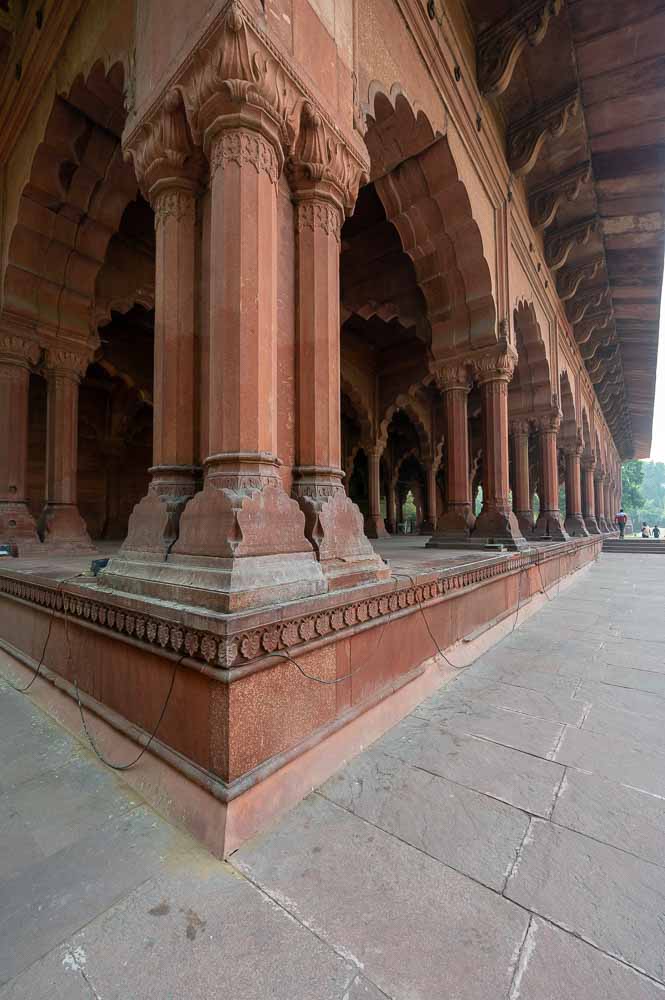
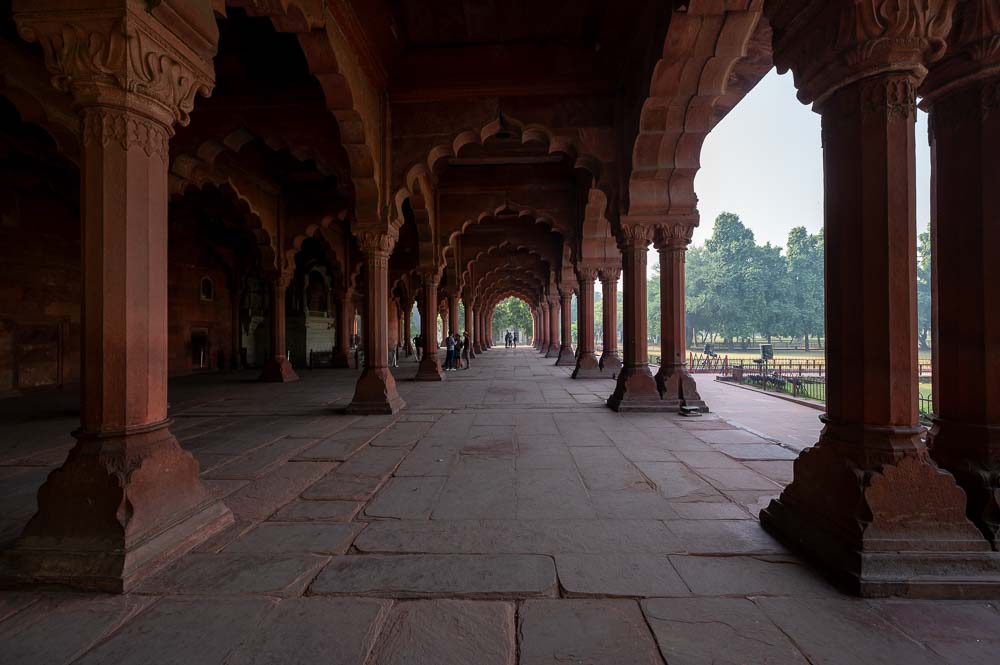
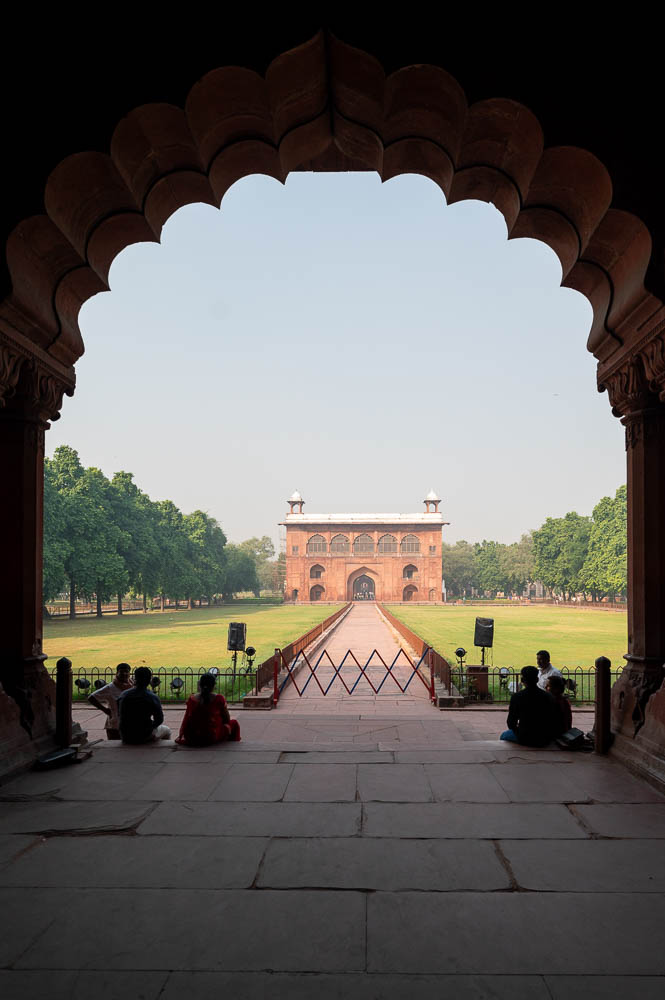
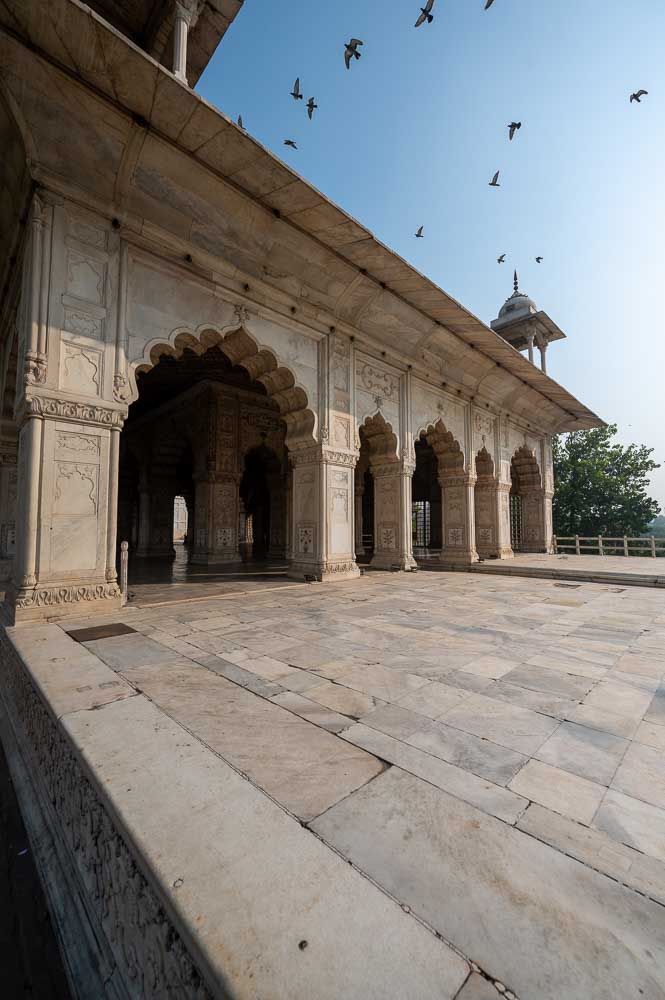
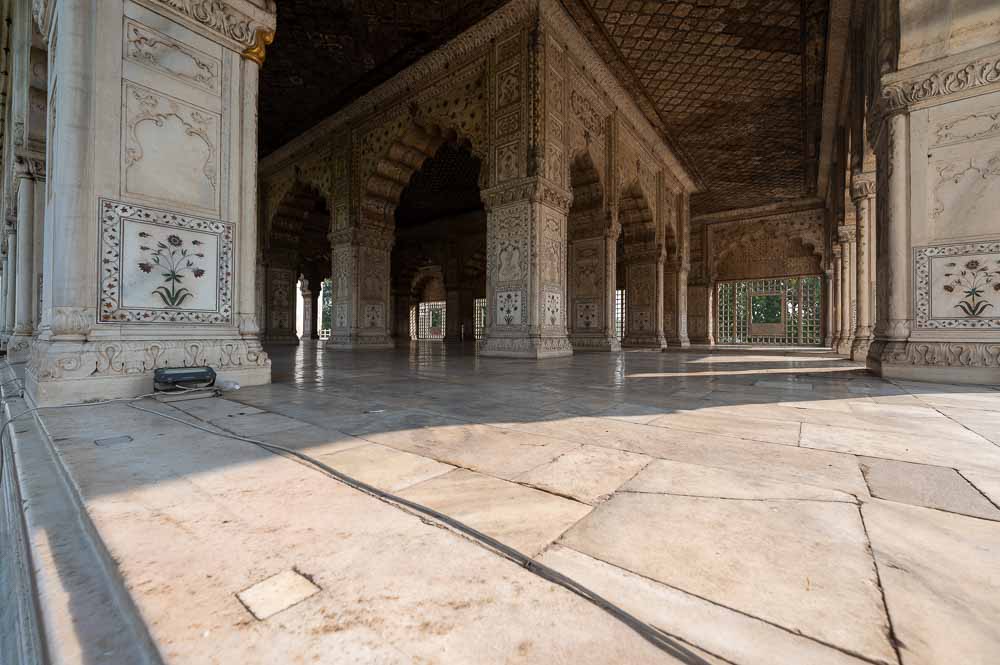
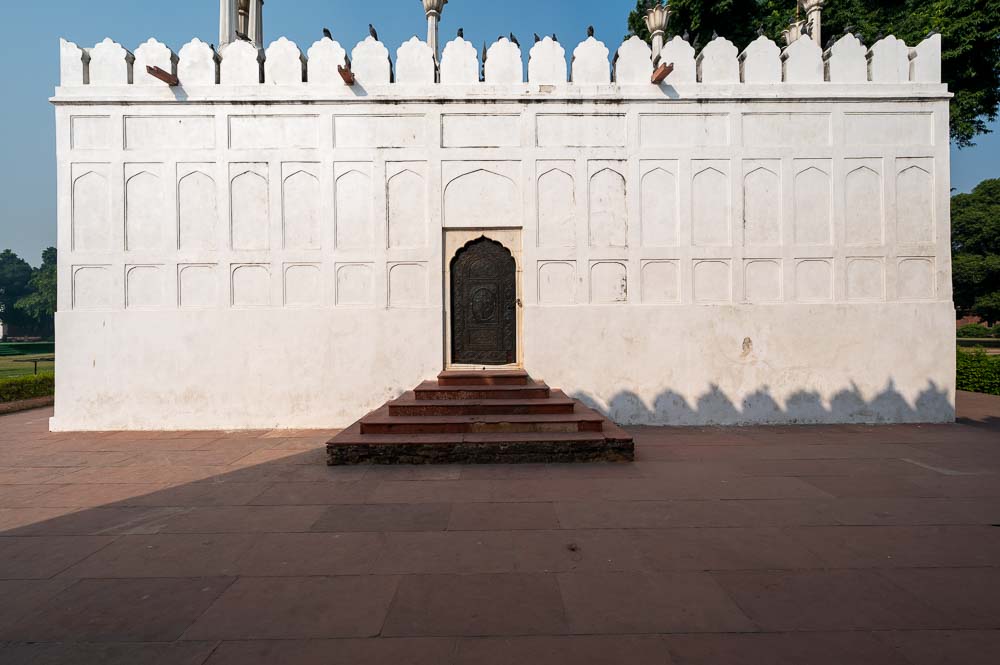
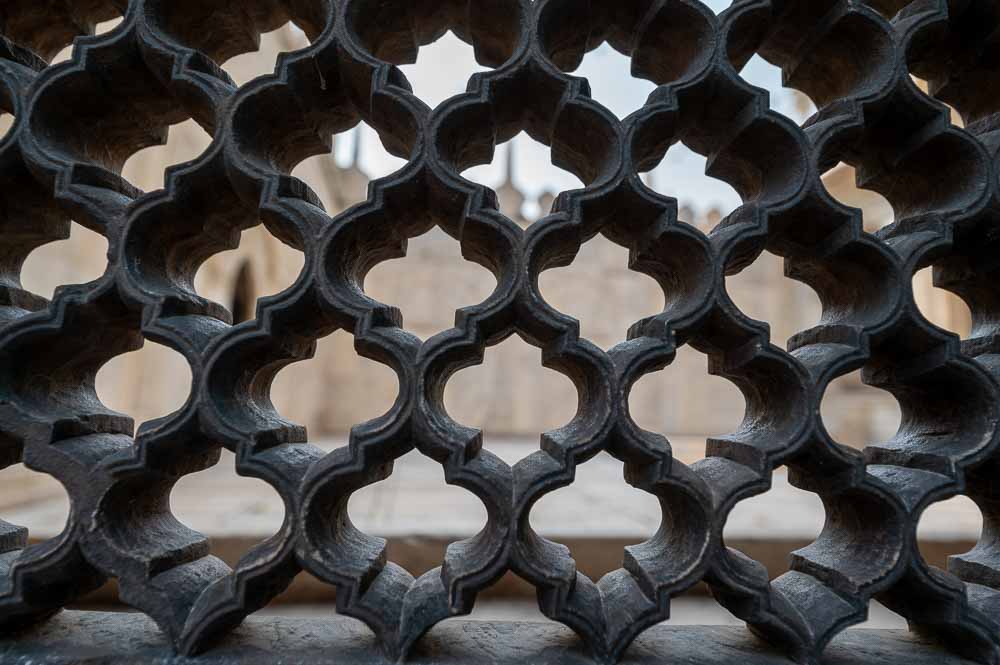
Chandni Chowk Market
One of the oldest markets in Delhi, located between the Red Fort and the Old Delhi Railway station, where each Kucha has their own unique trade or occupation. Everything can be bought at this market, known for its variety and authenticity of food, delicacies, sweets, spices and sarees.
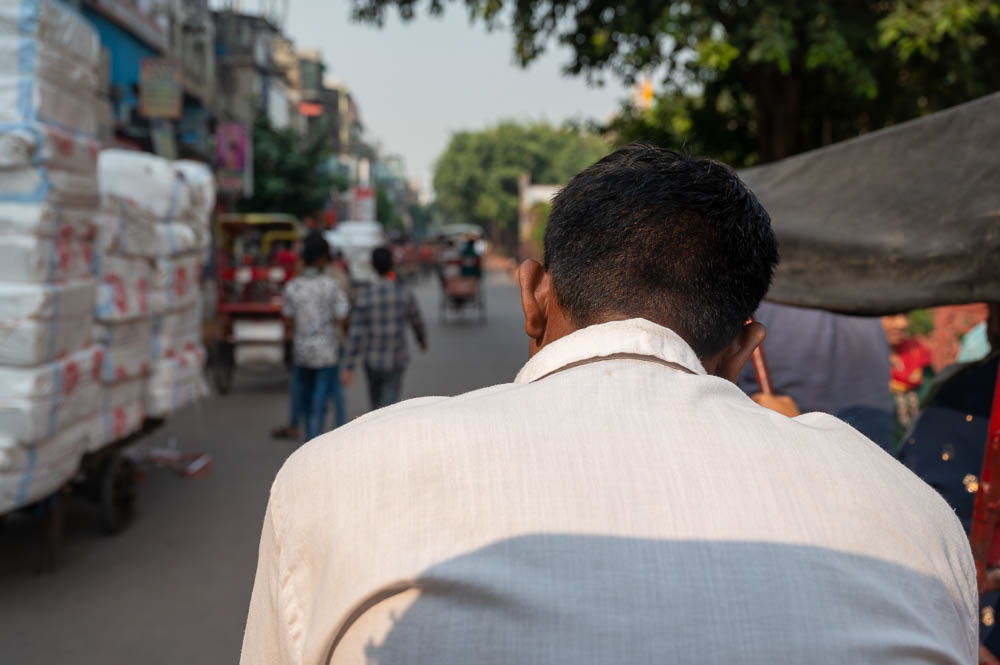
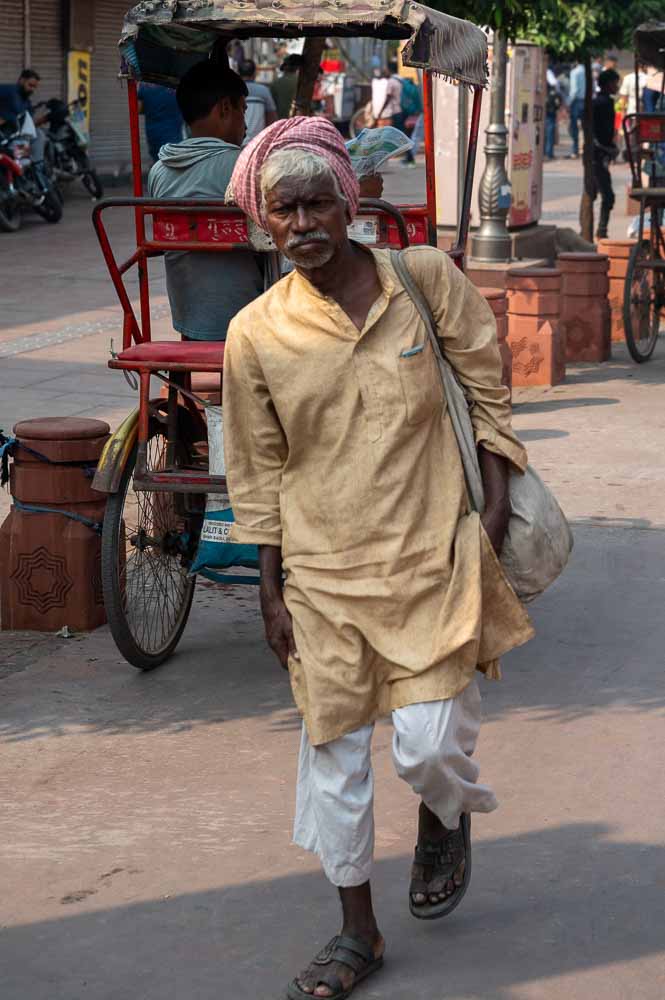
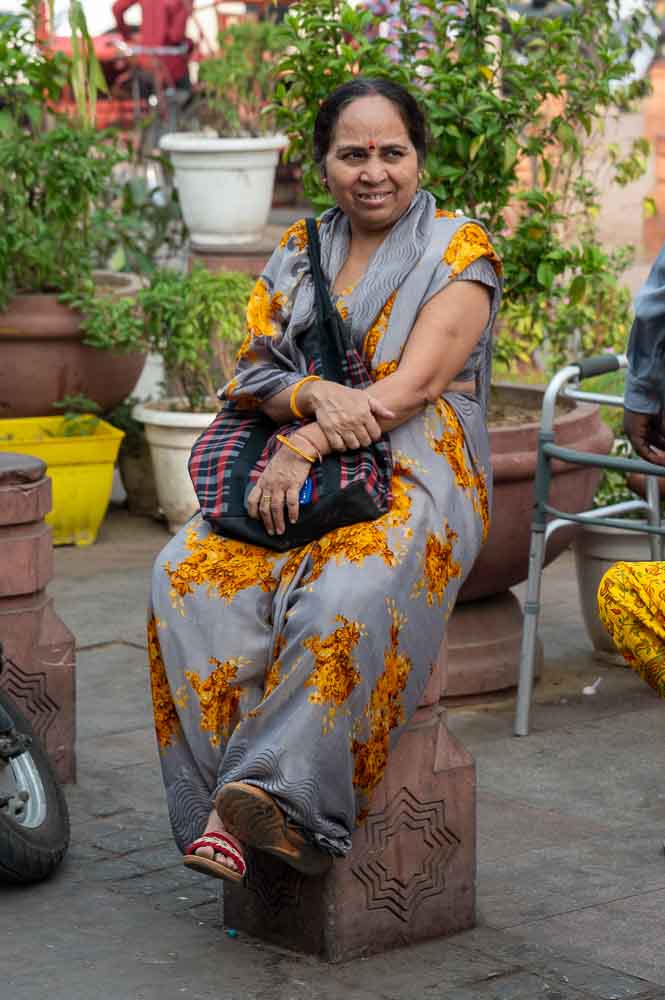
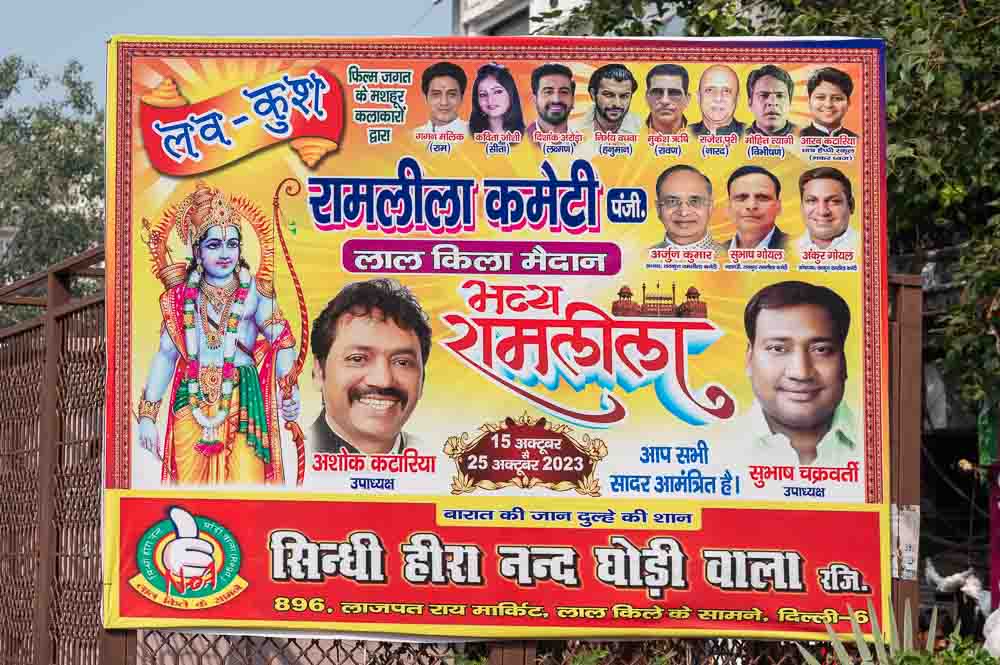
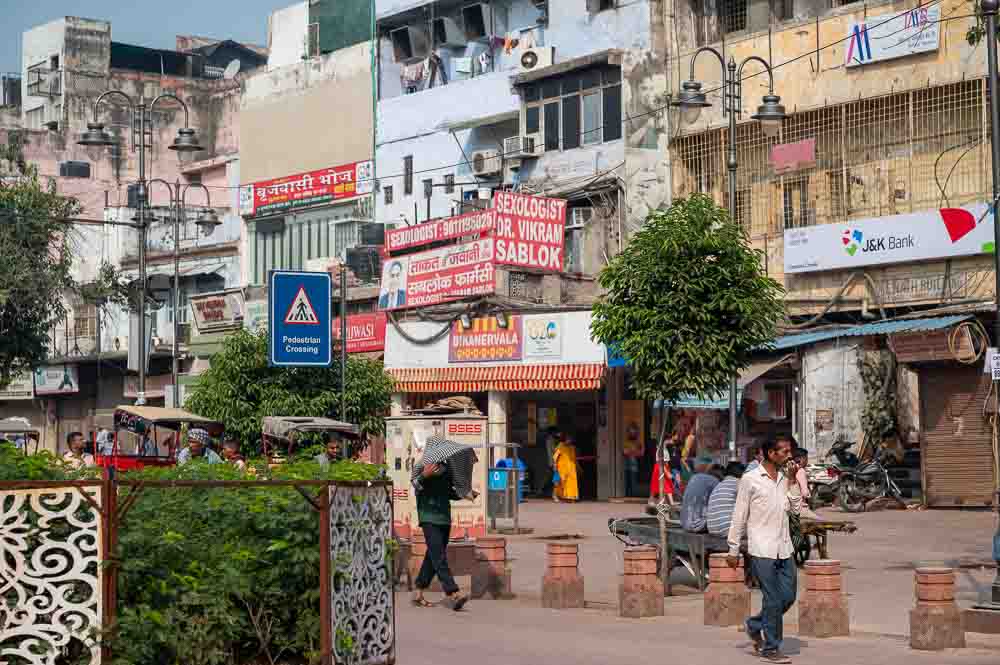
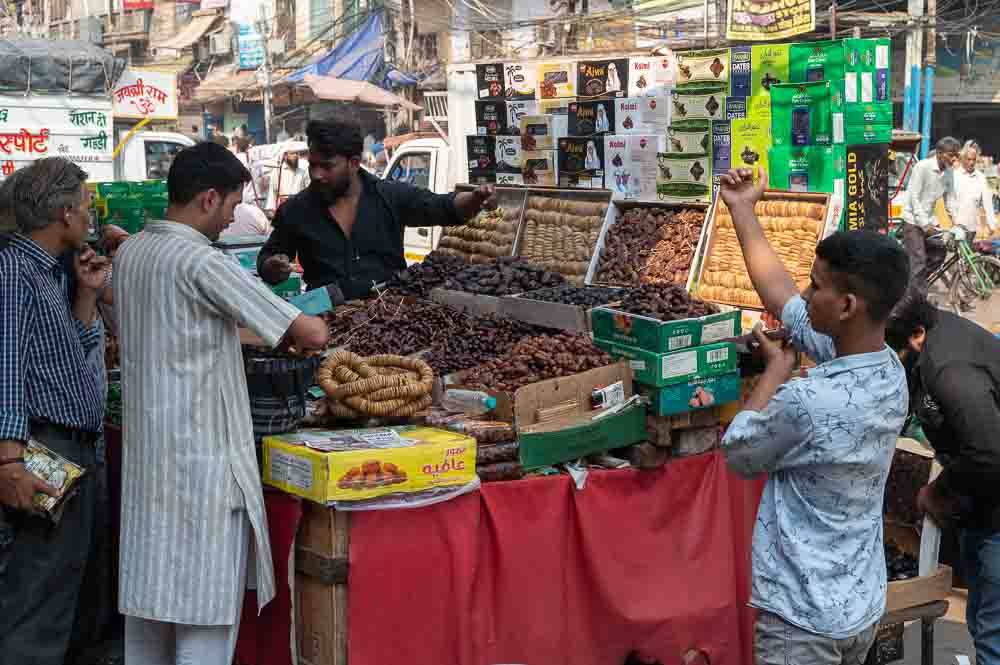
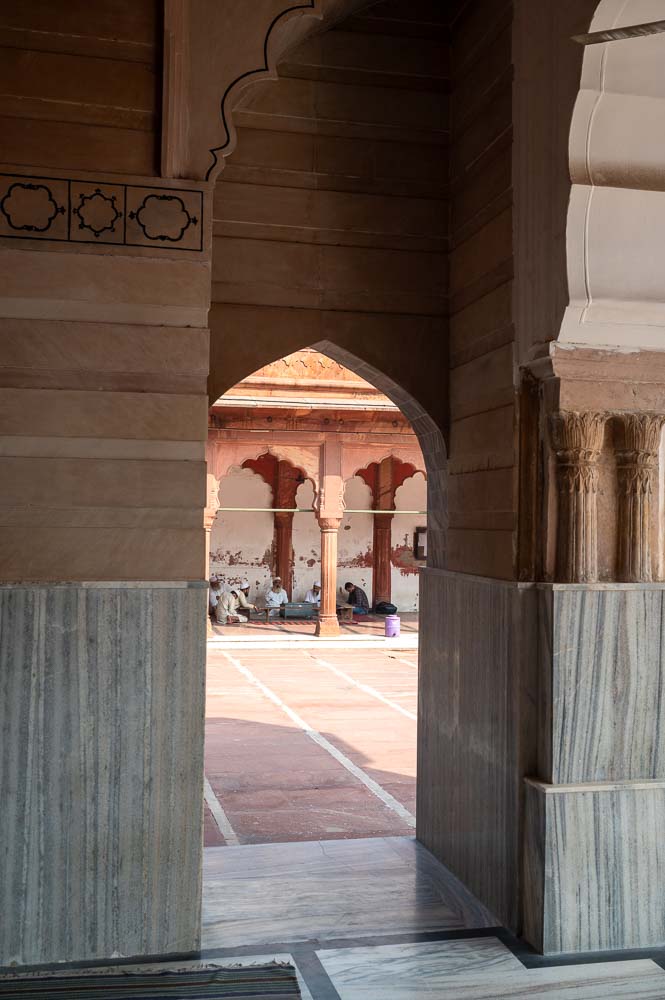
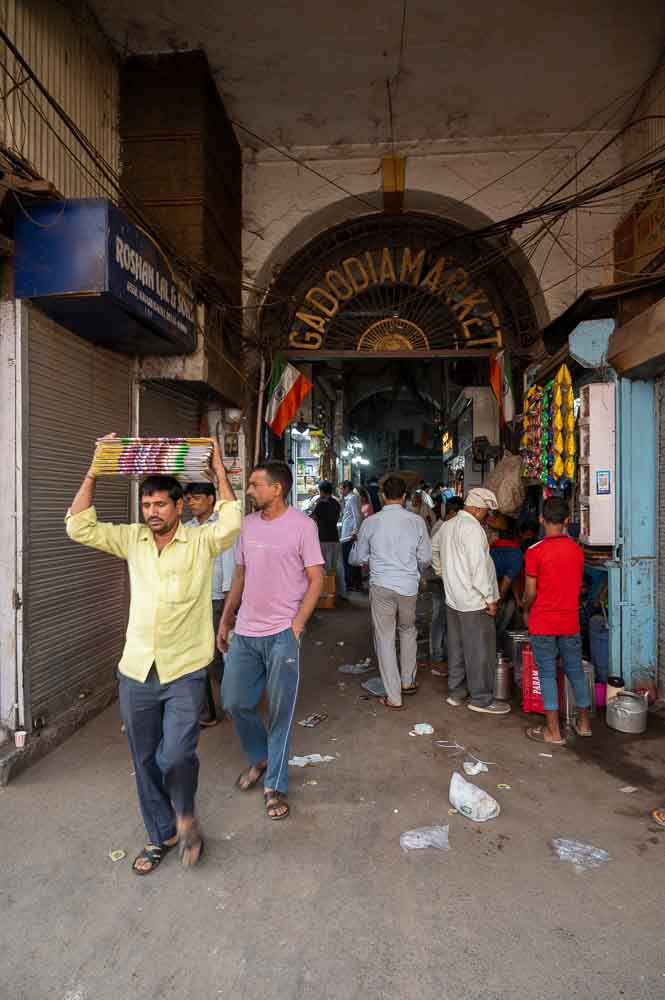
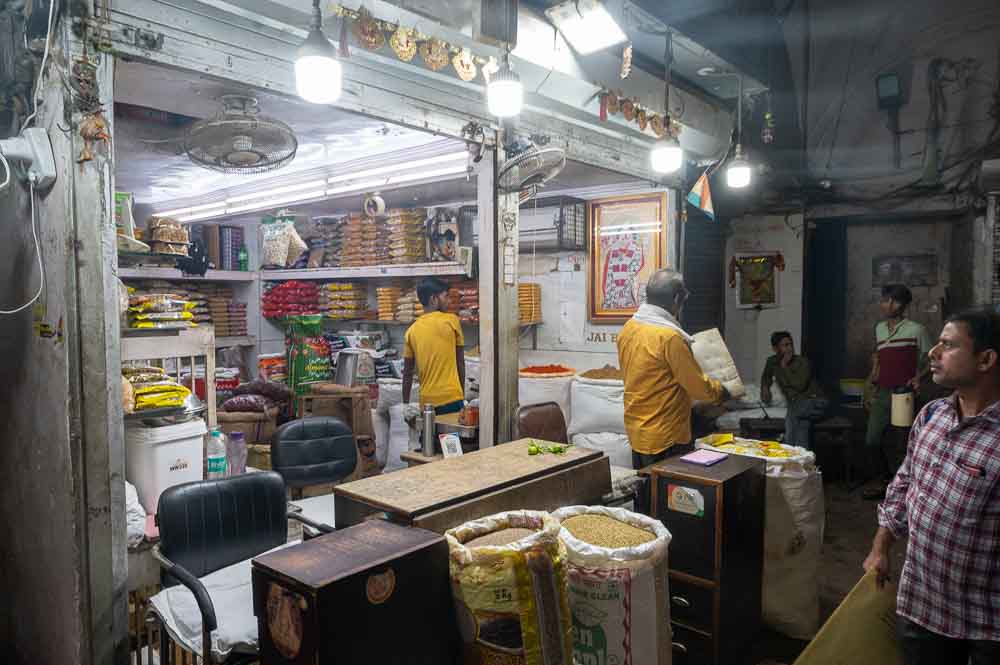
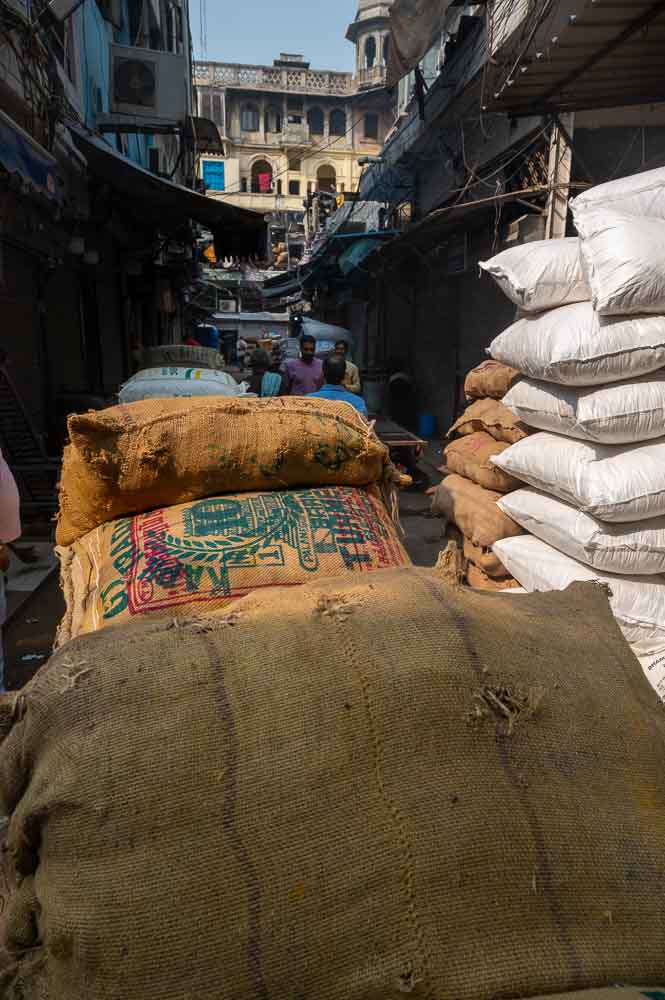
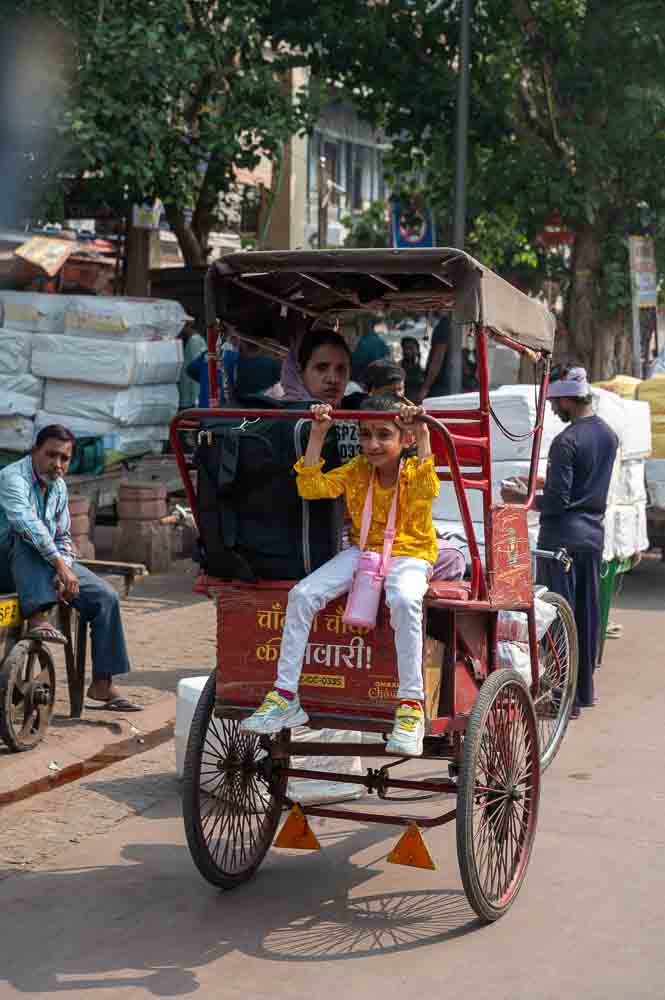
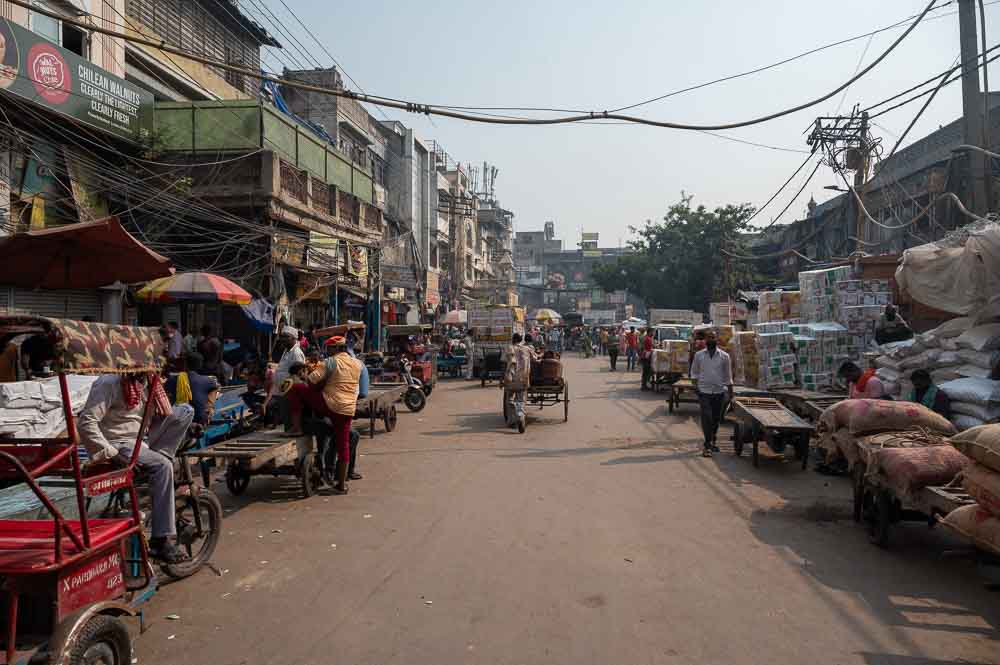
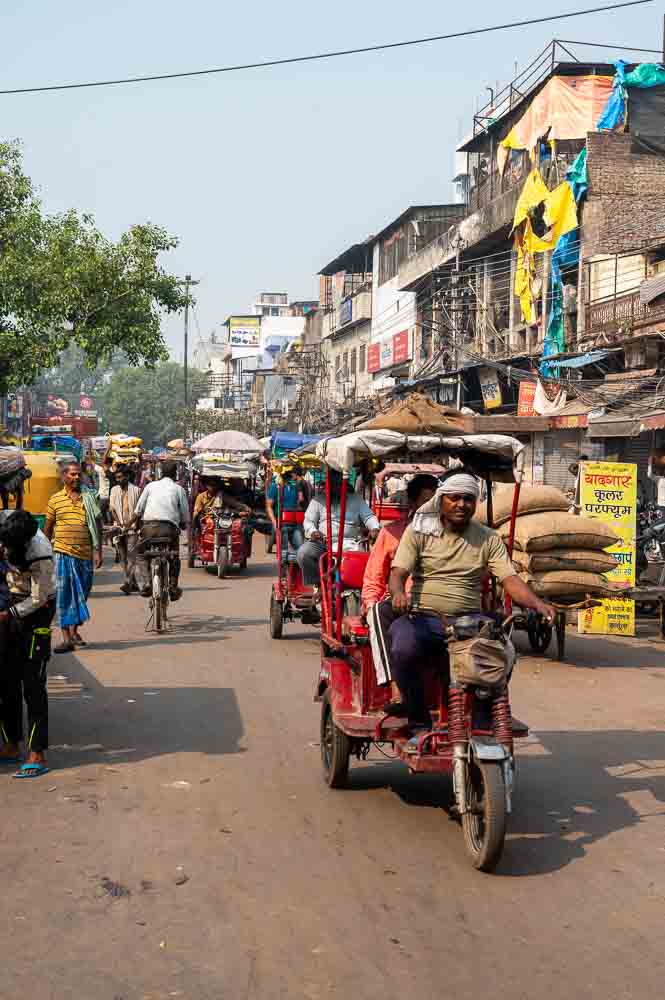

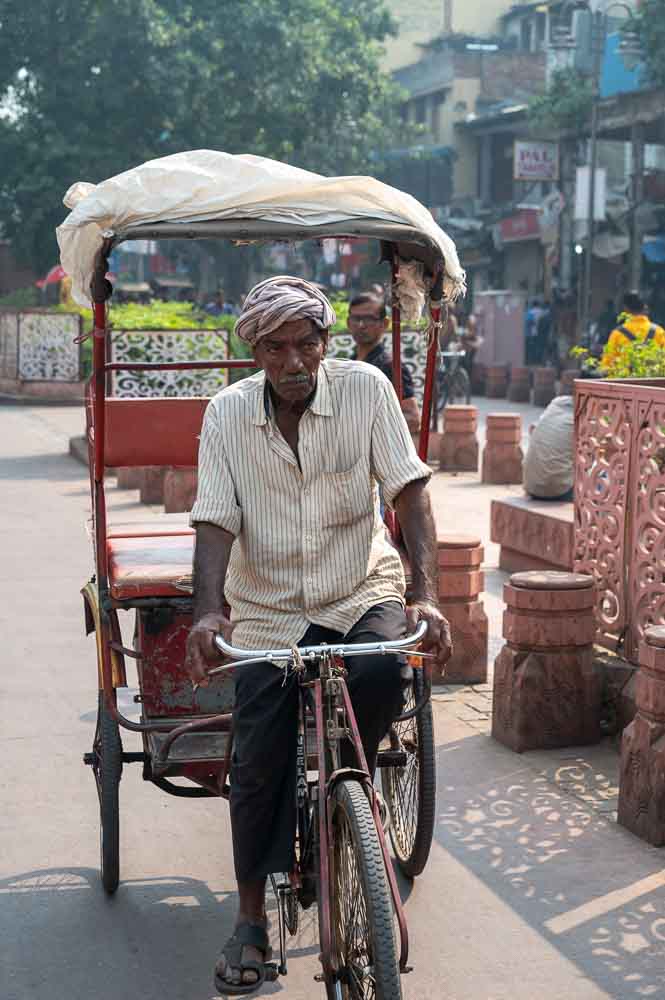
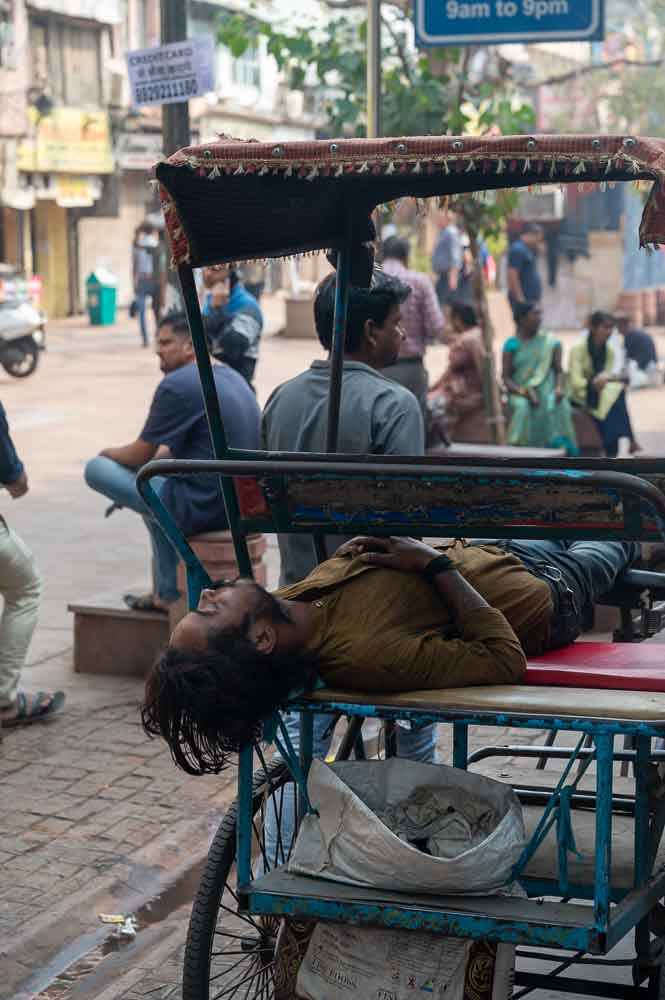
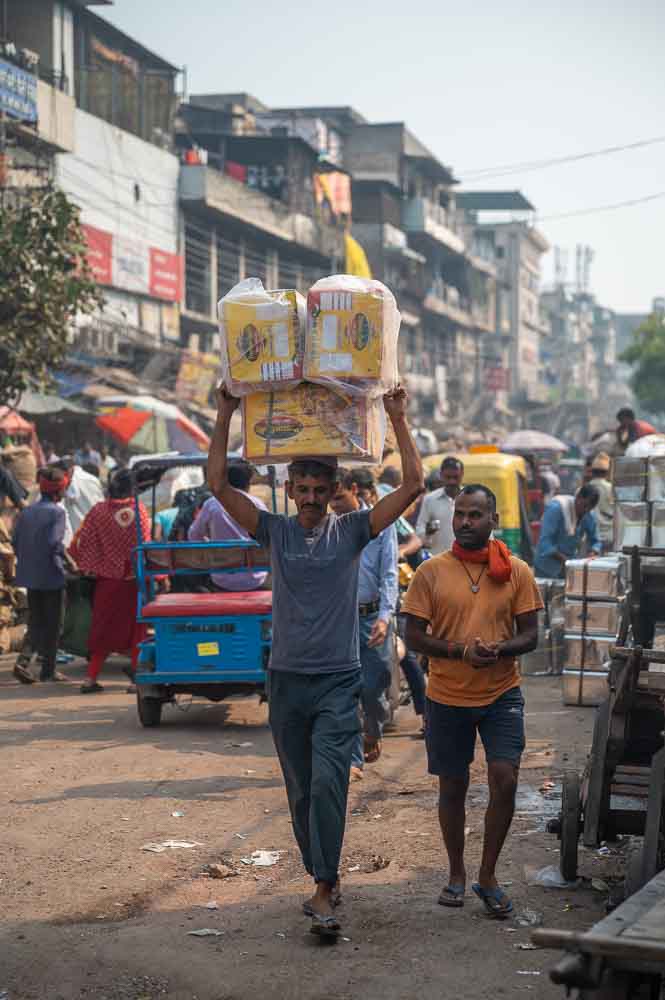
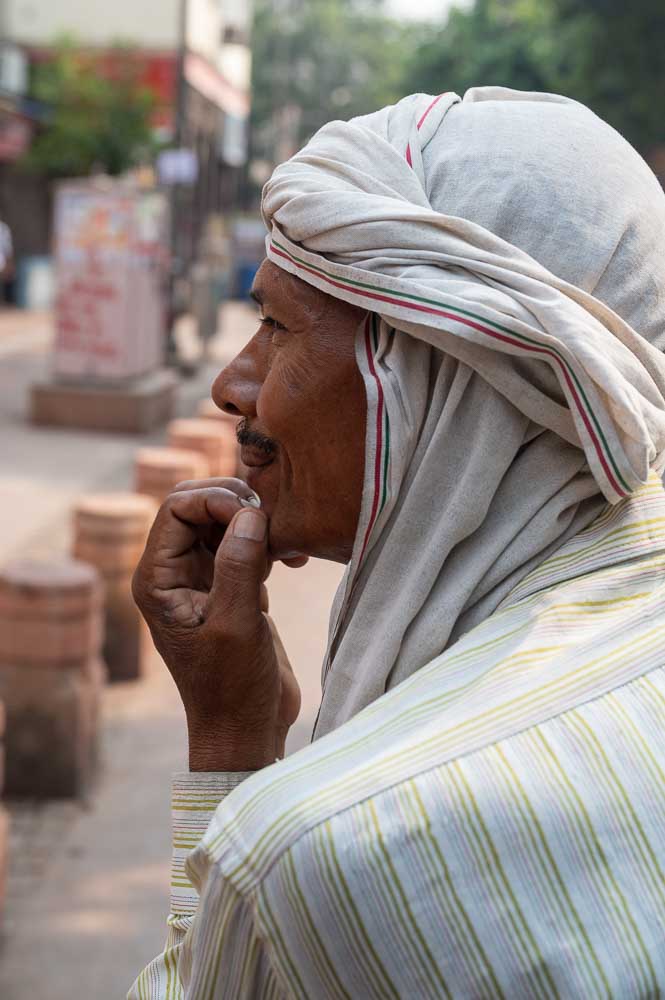
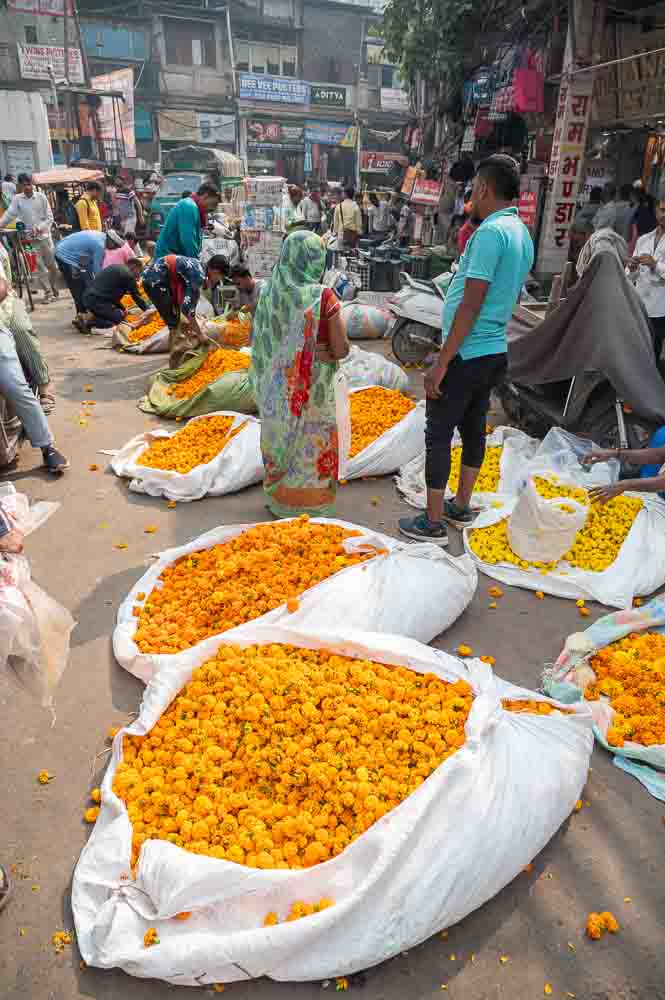
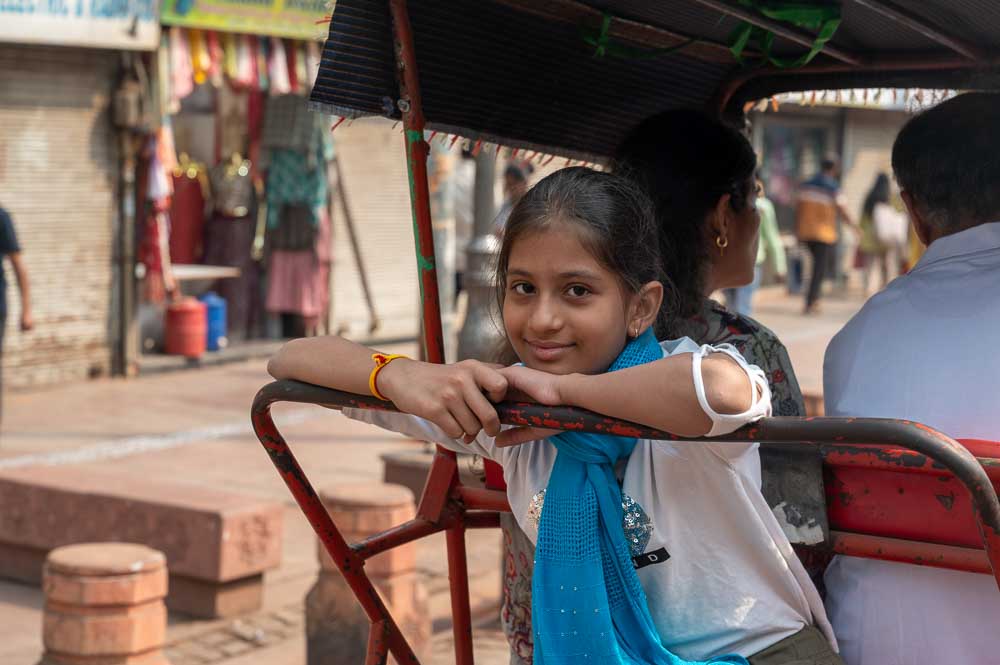
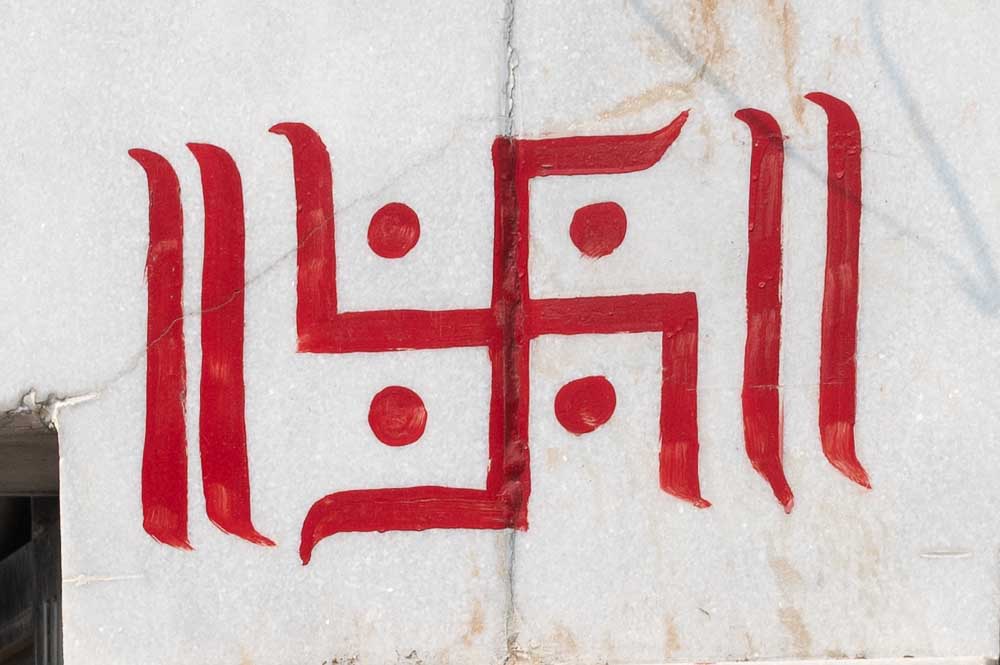
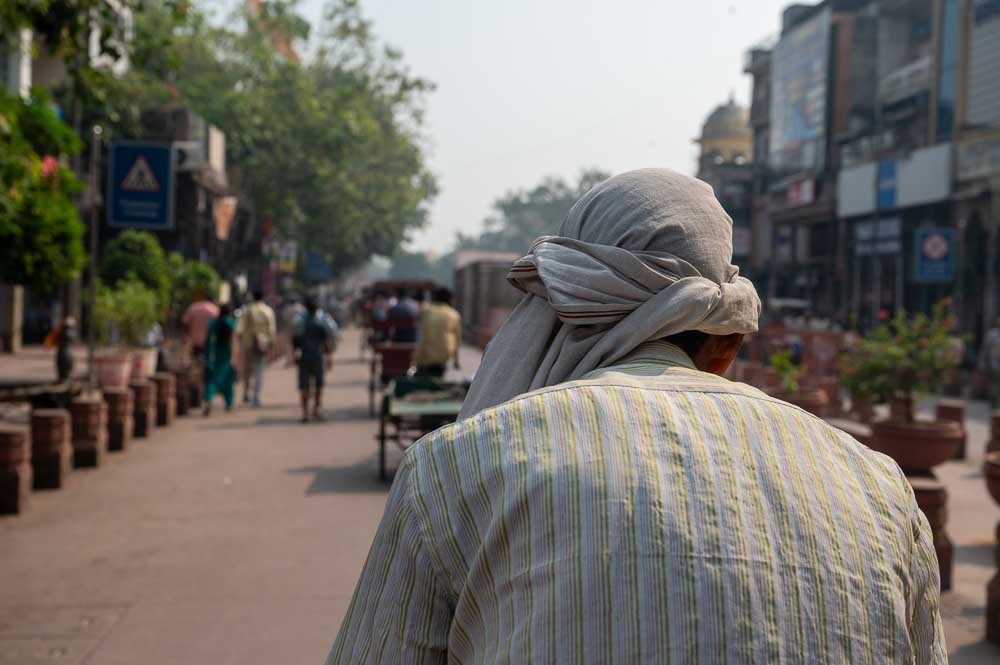
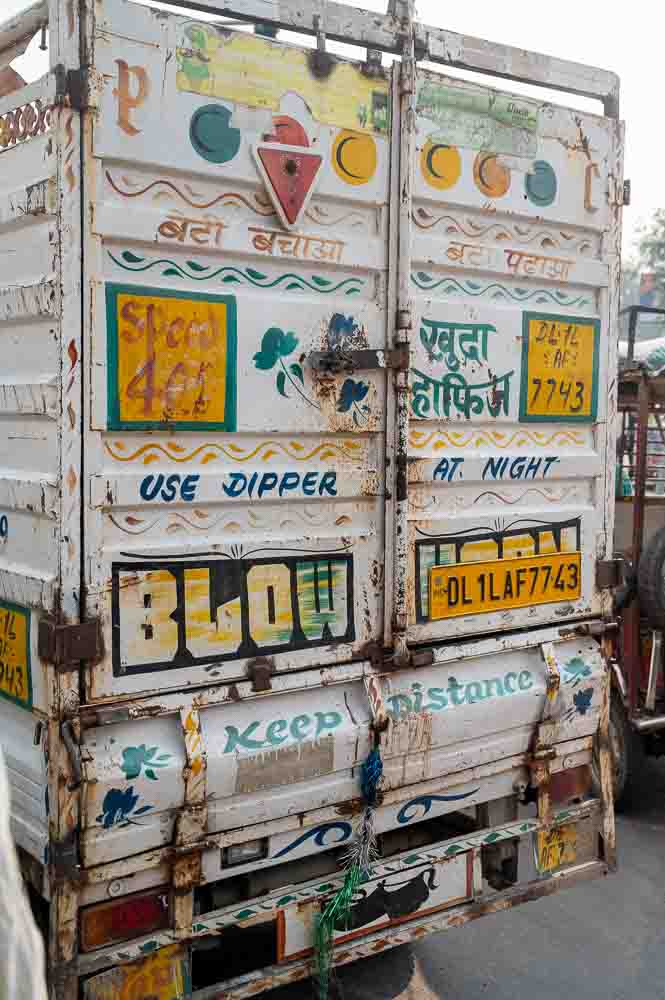
India Gate
Dedicated to the Indian soldiers who died between 1914 and 1921 during the First World War, it was formerly called the All India War Memorial.
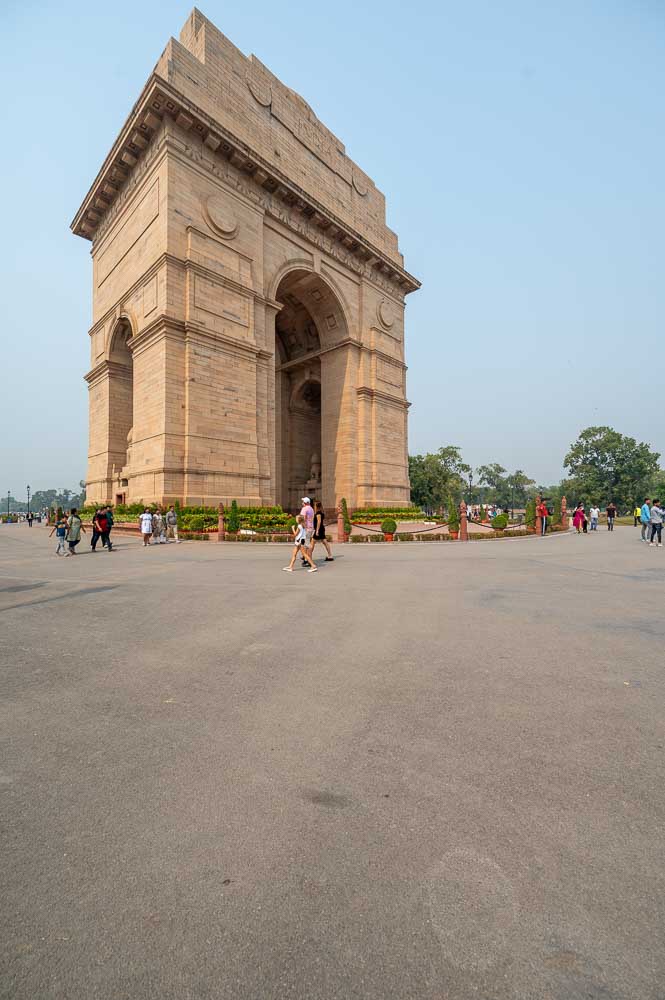
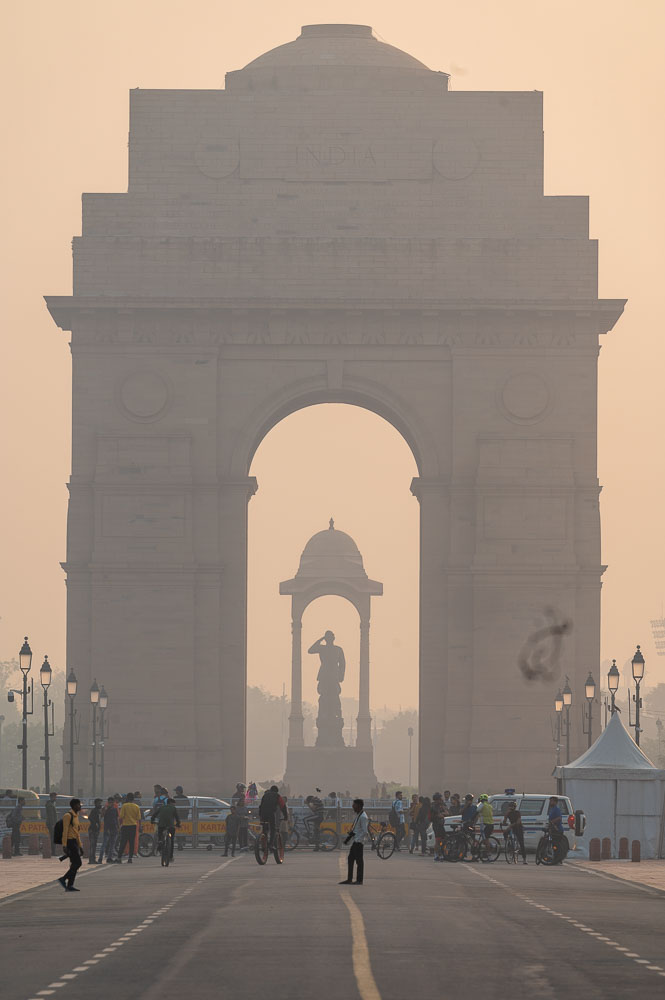
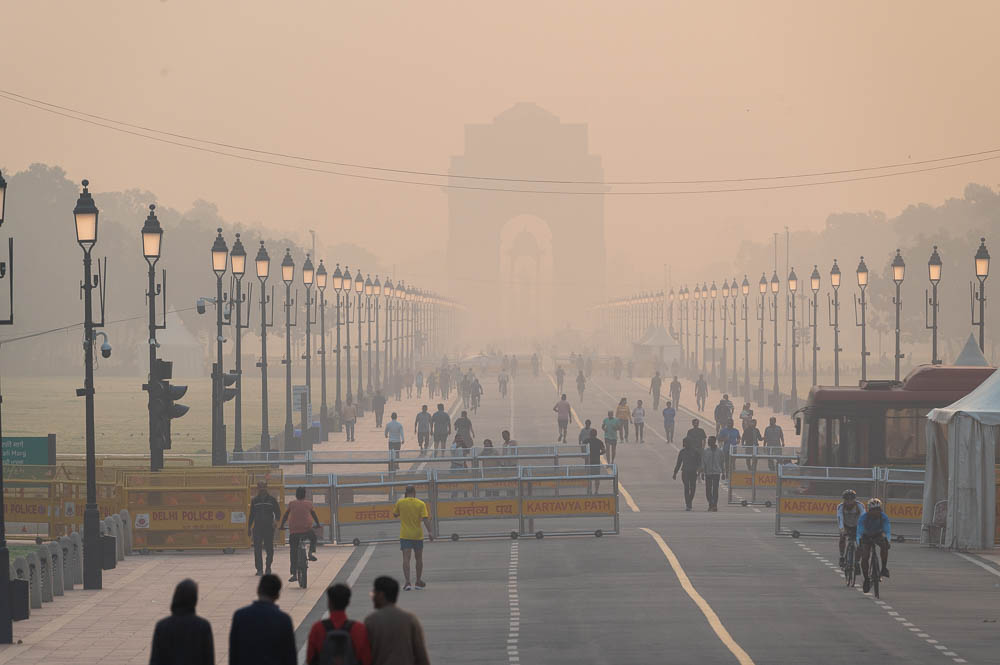
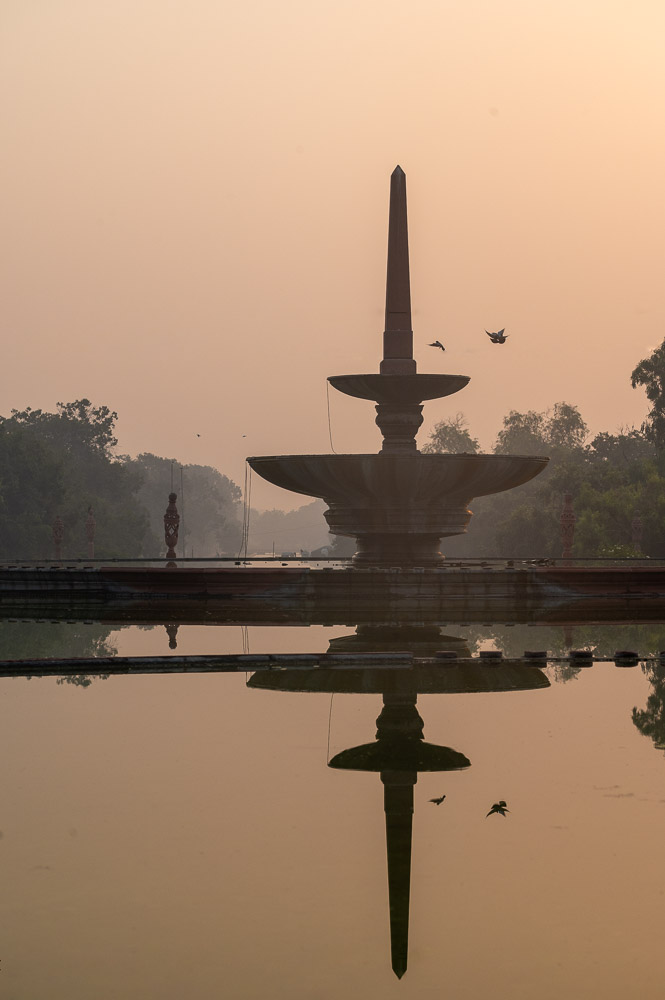
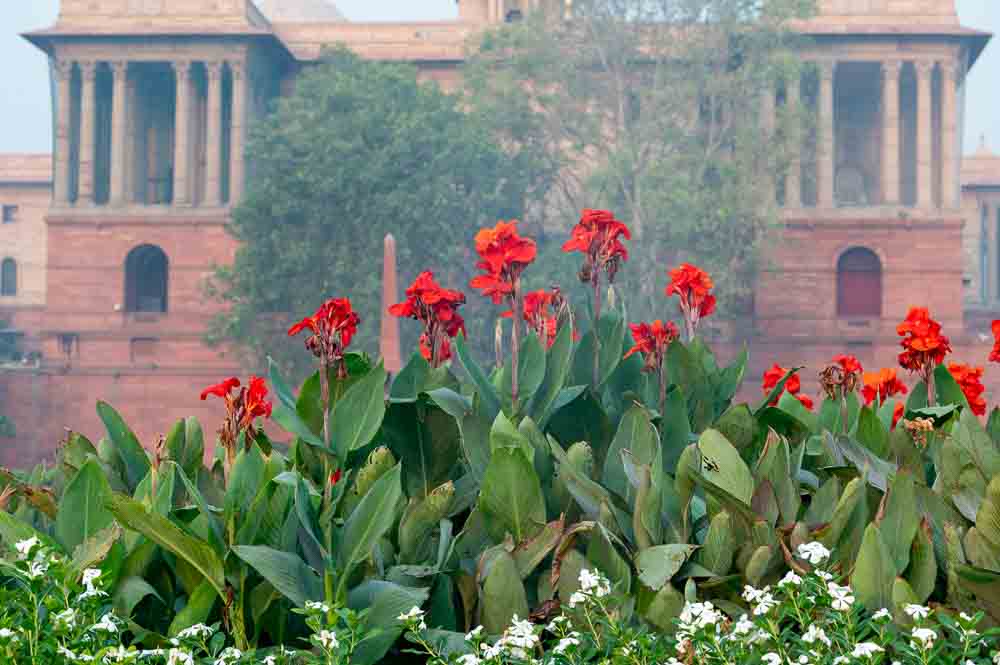
Qutab Minar
At a height of almost 73m, it is the tallest minaret in the world that is built on bricks. It was built between 1199 and 1220. It is part of the Qutab complex, which lies at the site on Delhi’s oldest fortified city, Lal Kot.
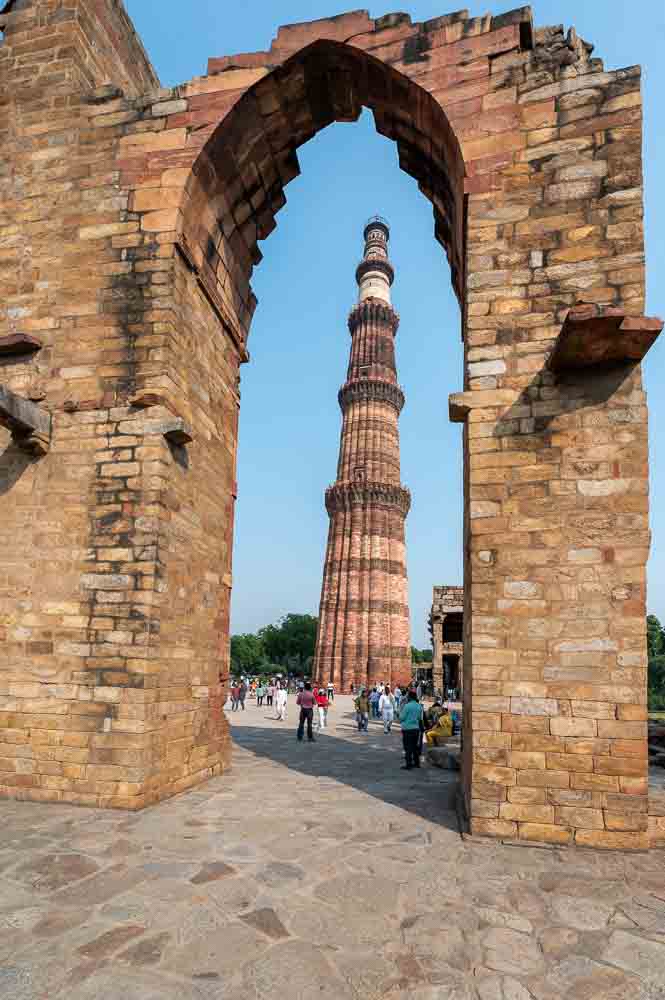
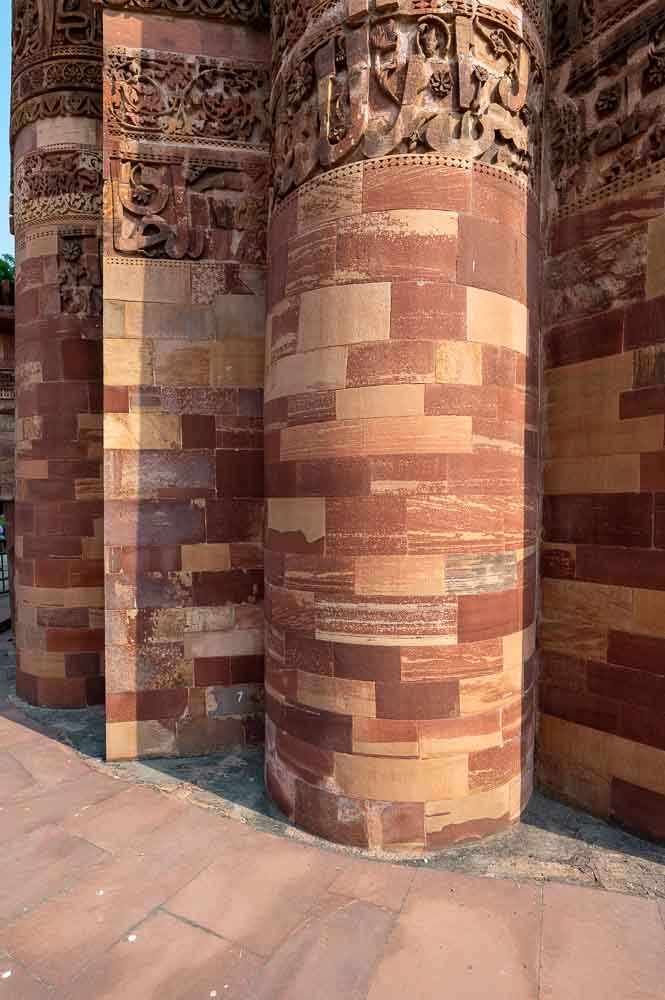
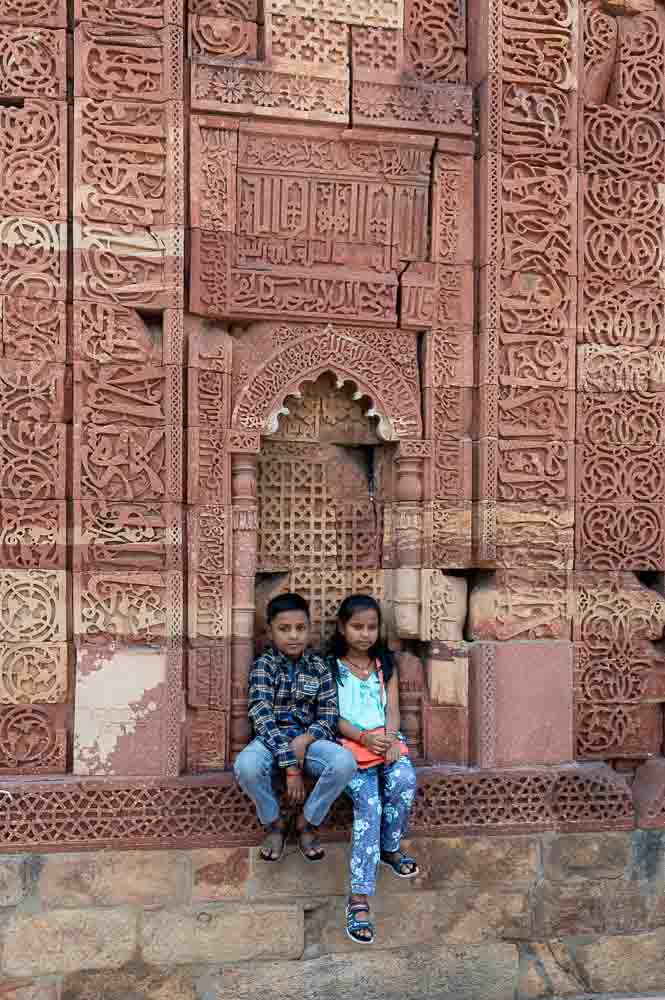
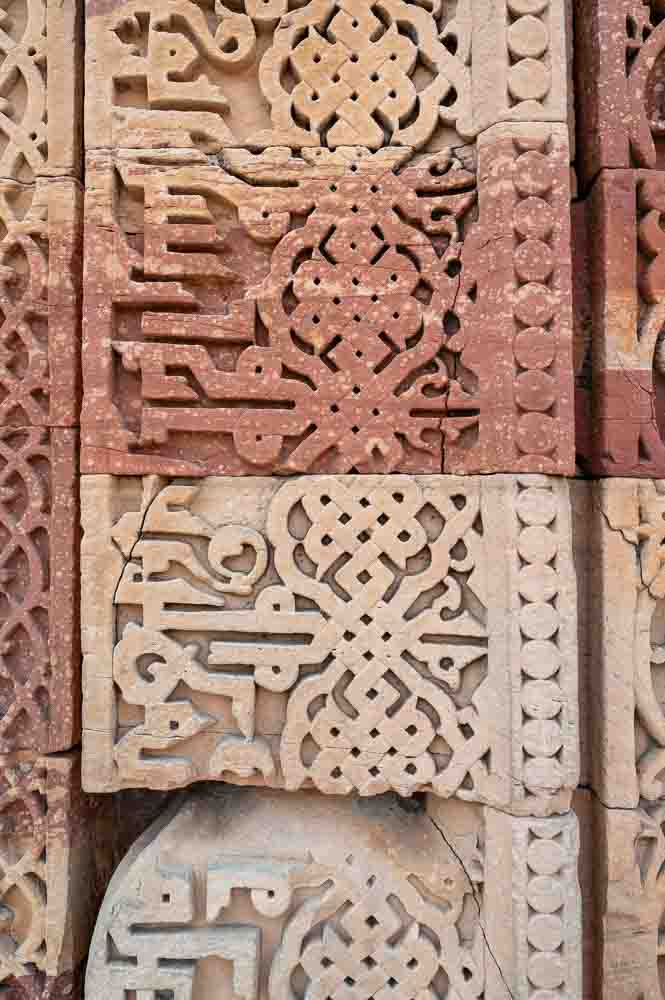
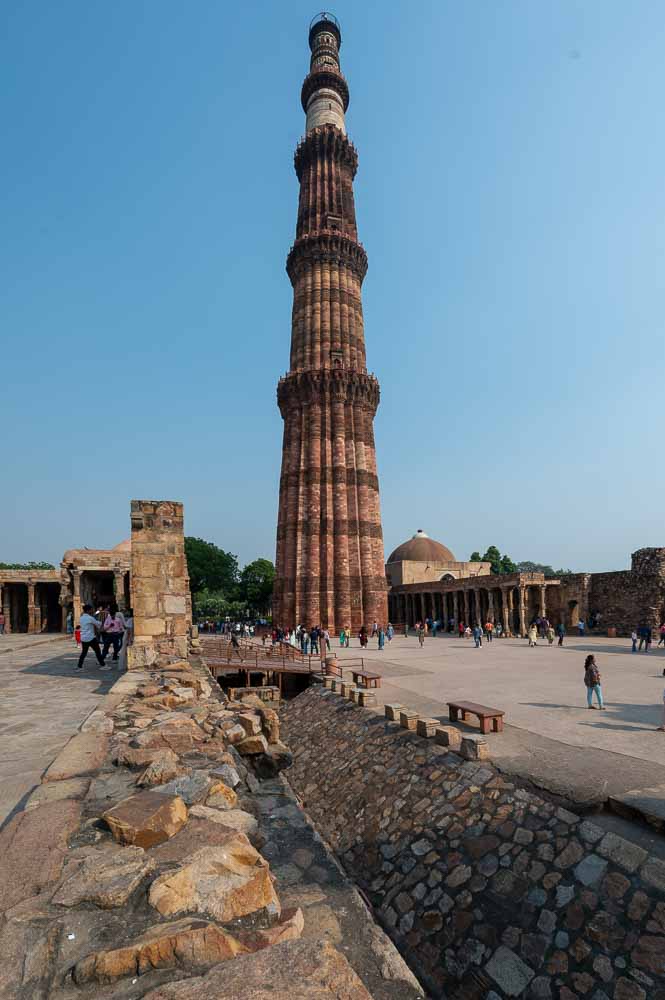
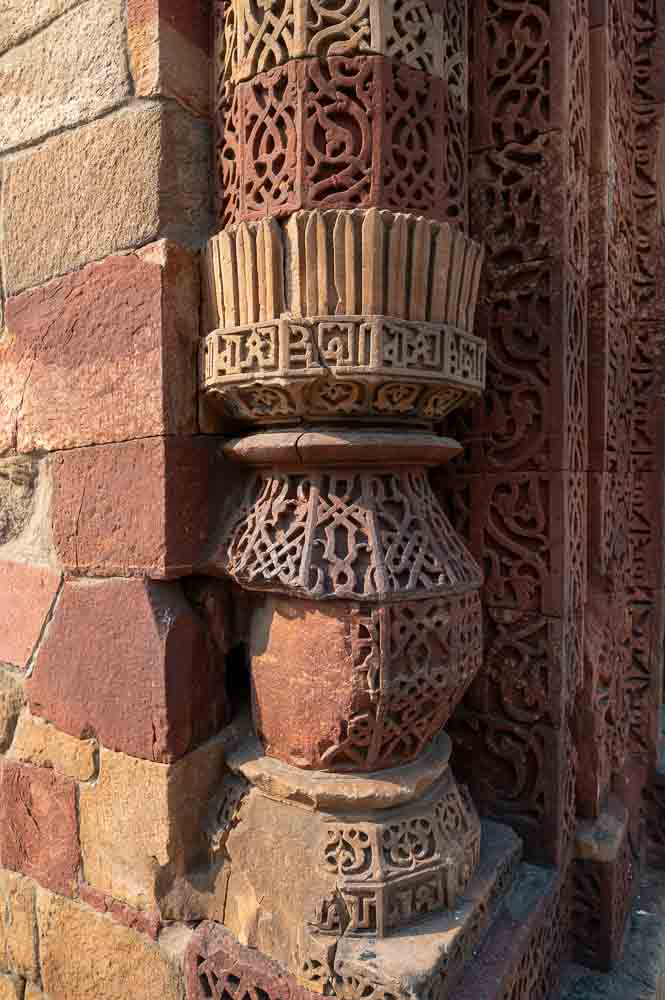
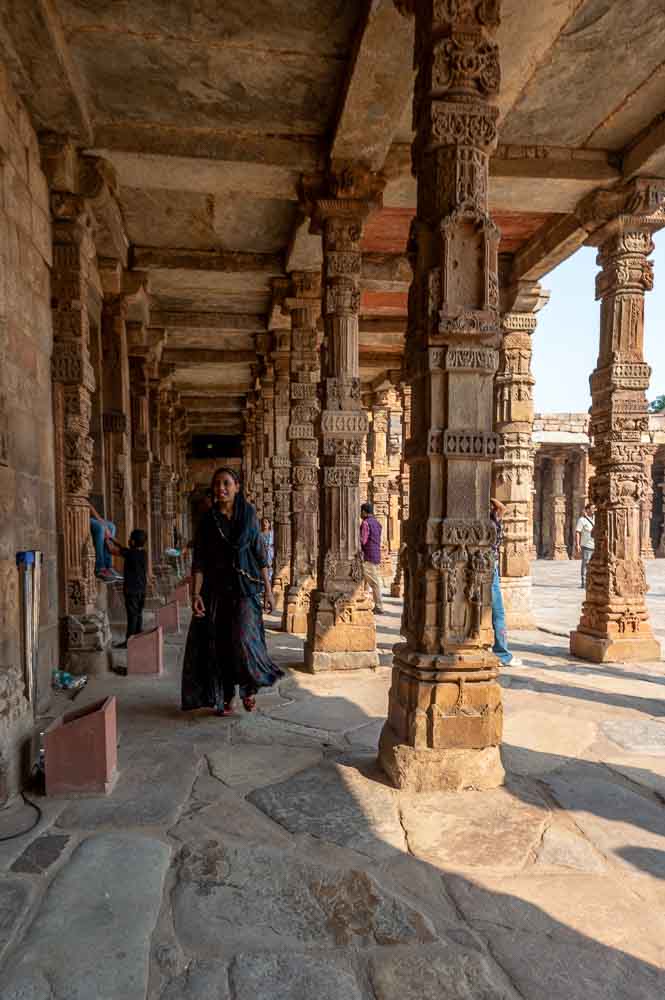
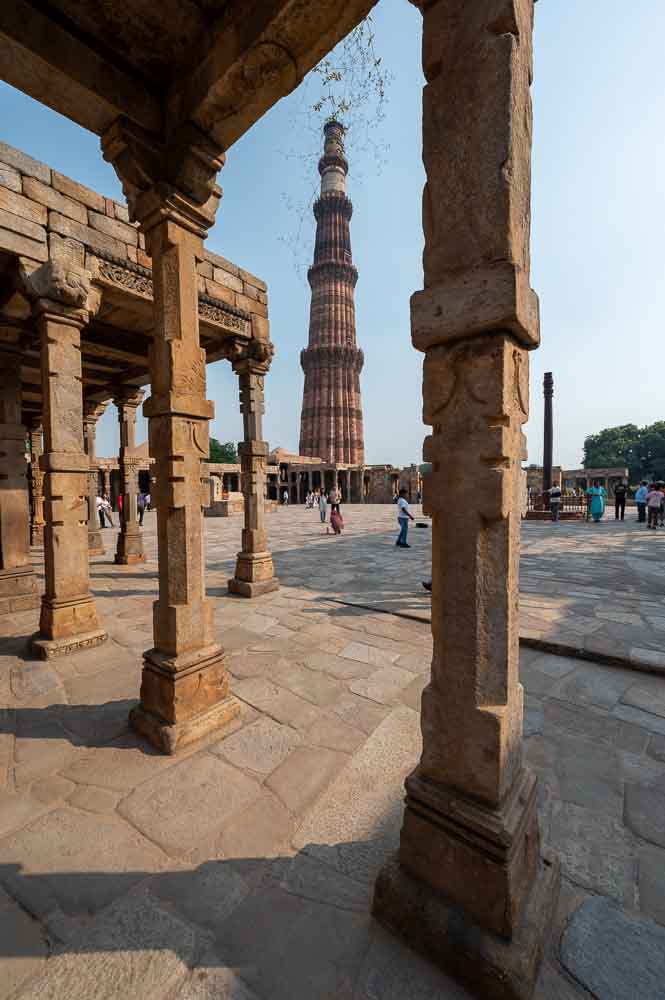
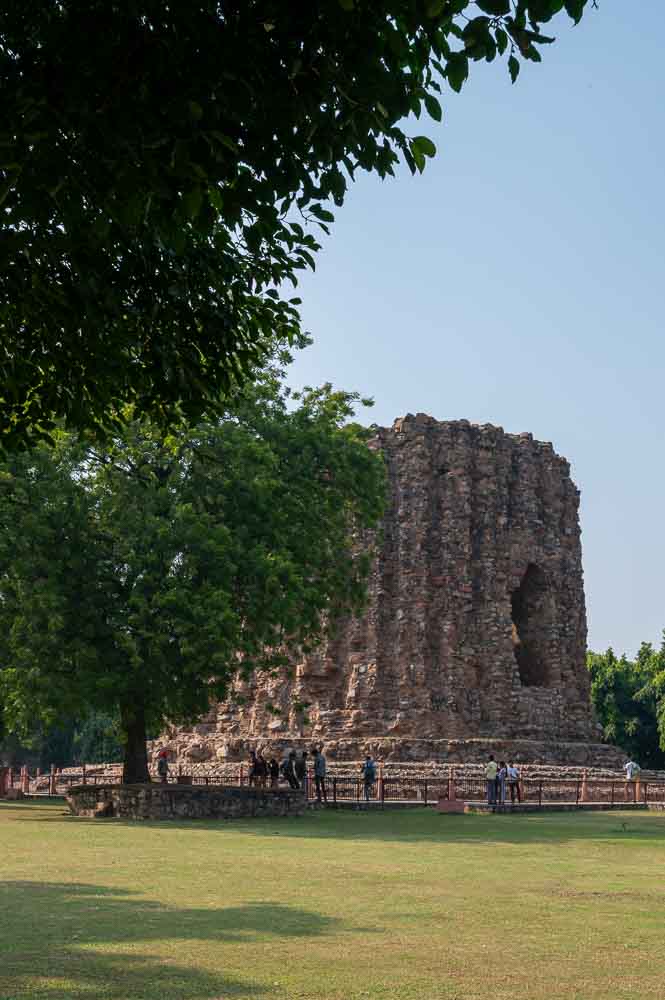
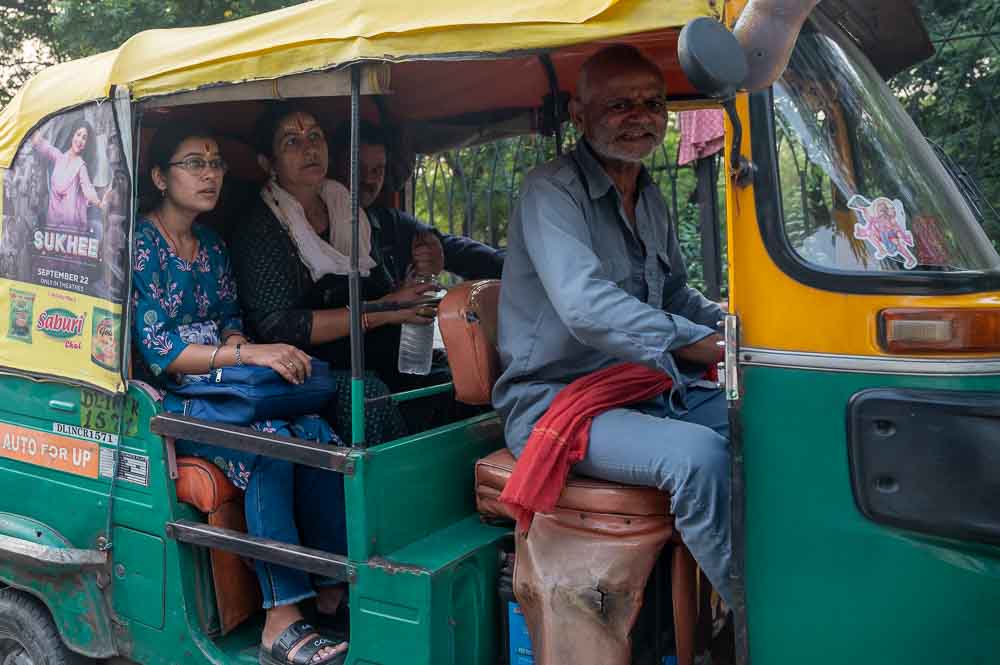
Gurdwara Bangla Sahib
This is one of the most prominent Sikh house of worship (also known as a gurdwara). First built as a small shrine in 1783.
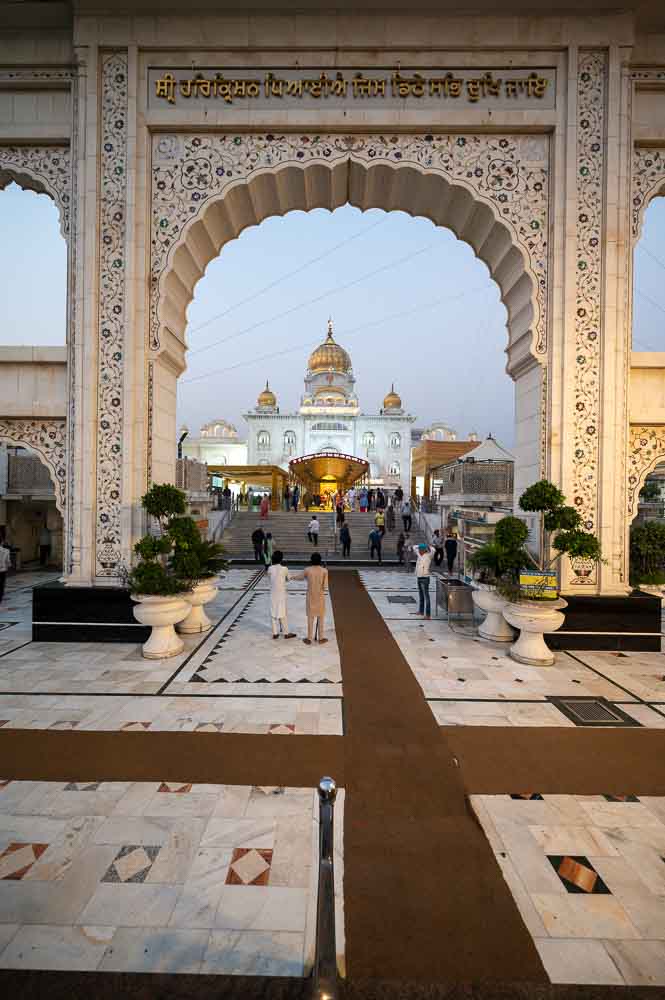
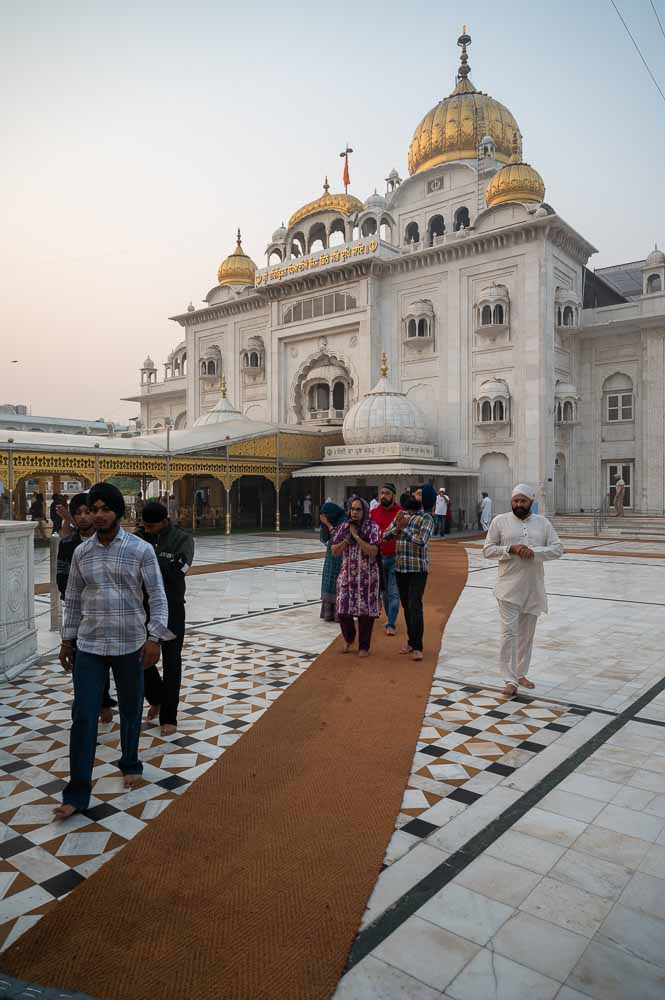
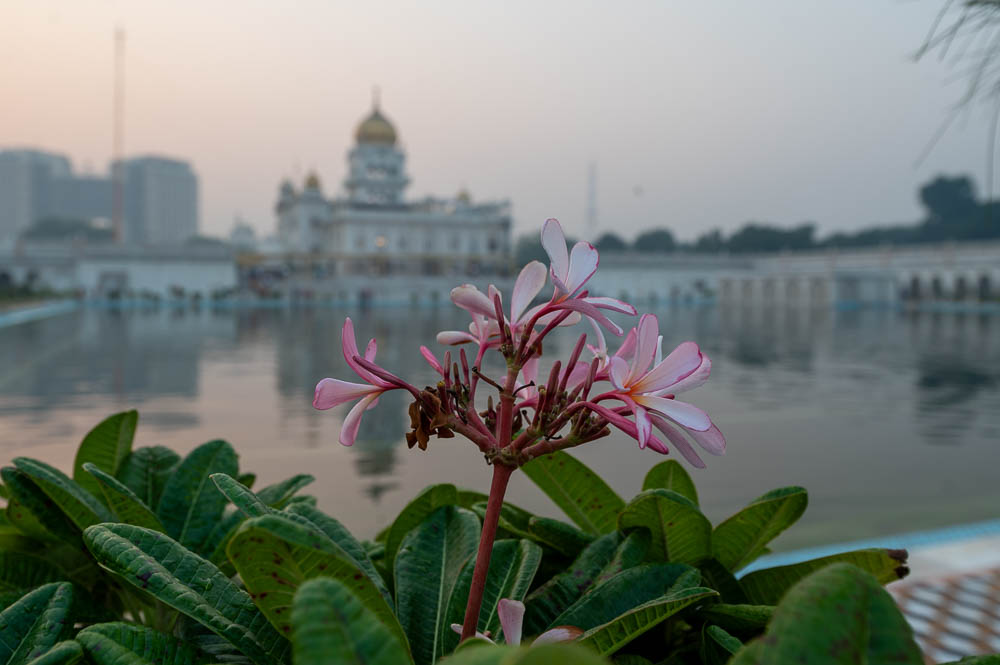
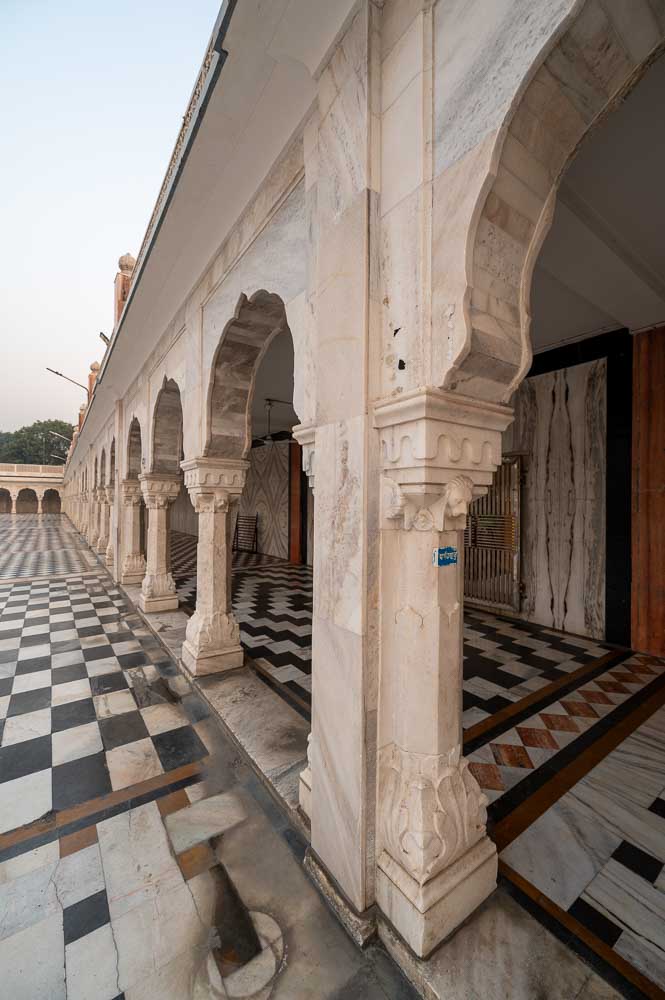
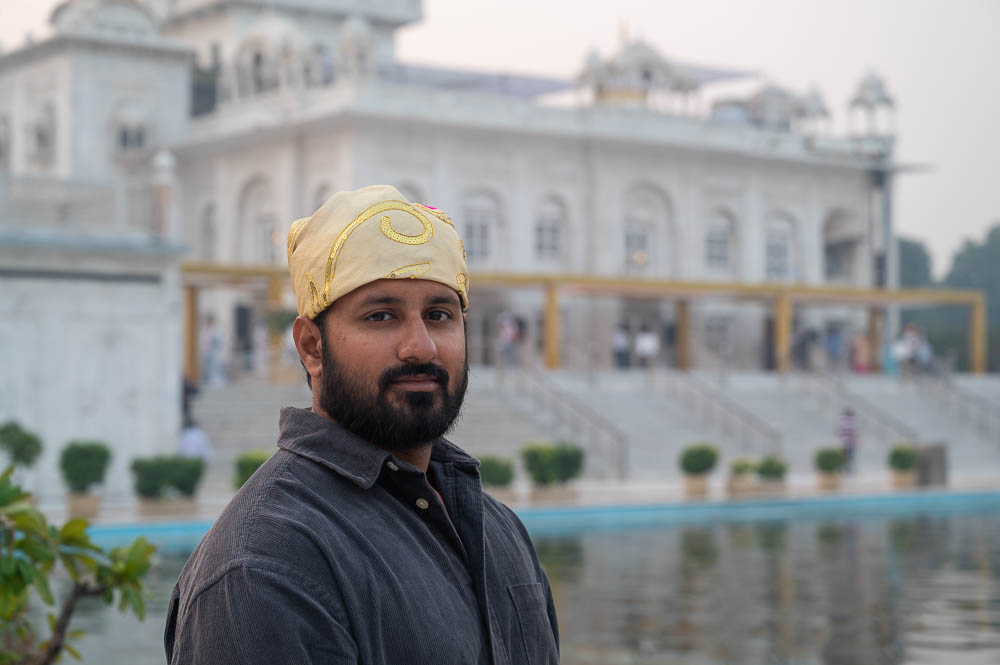
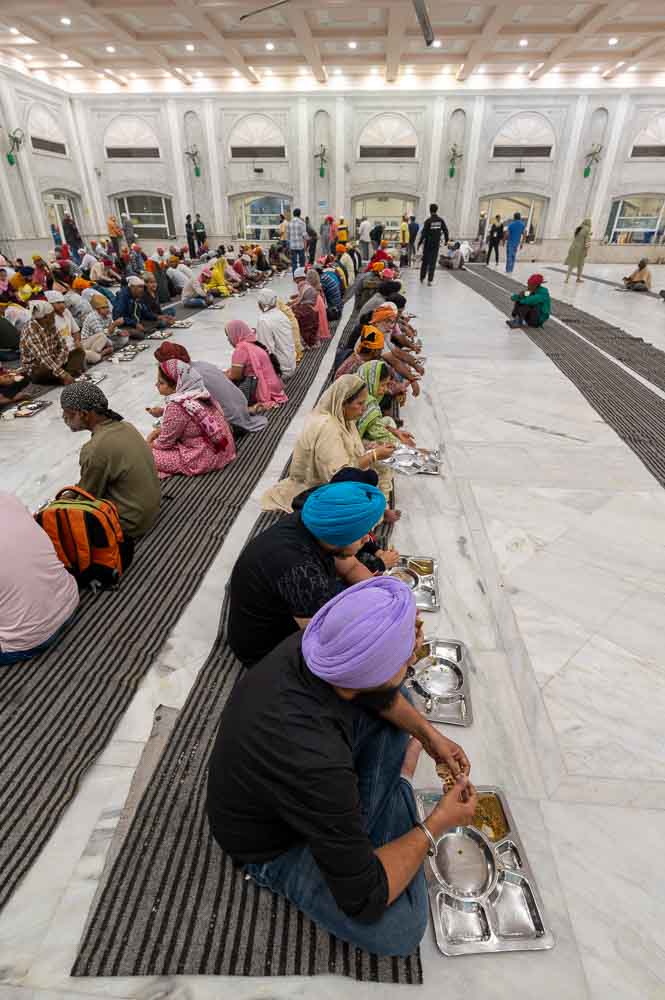
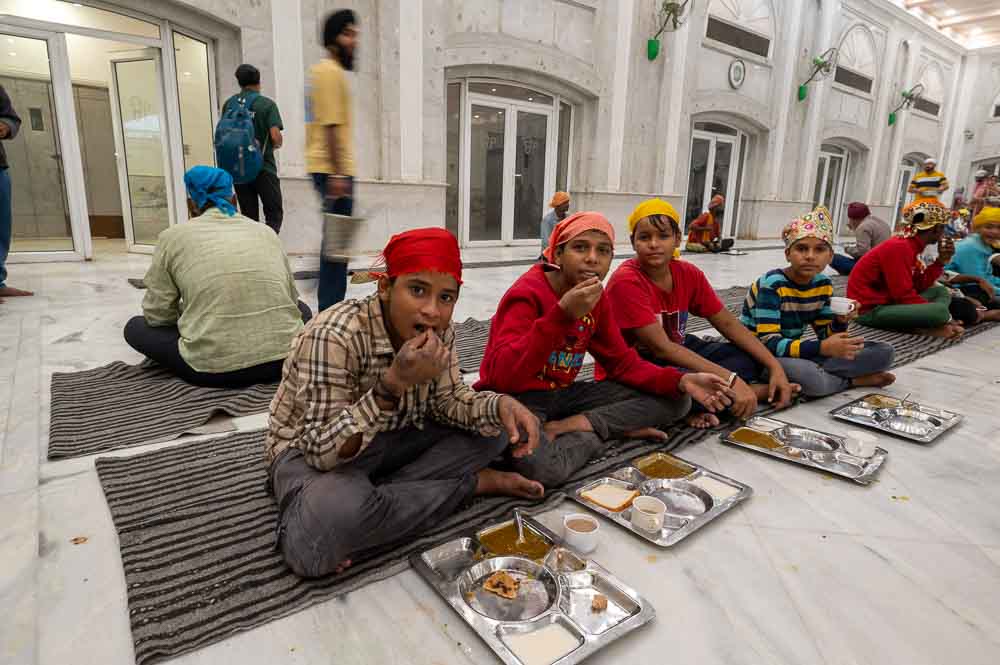
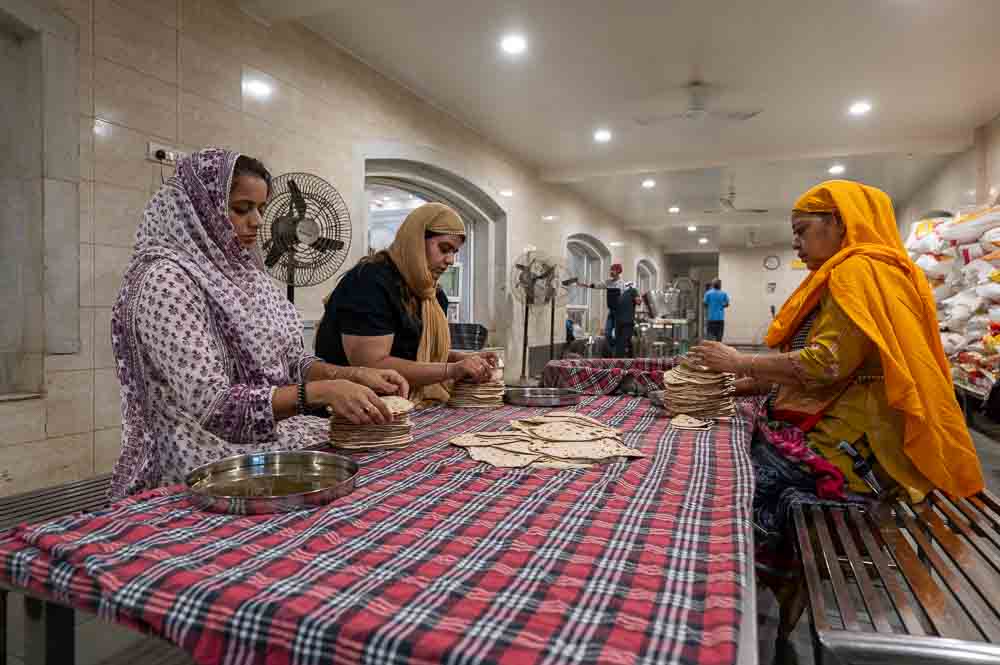
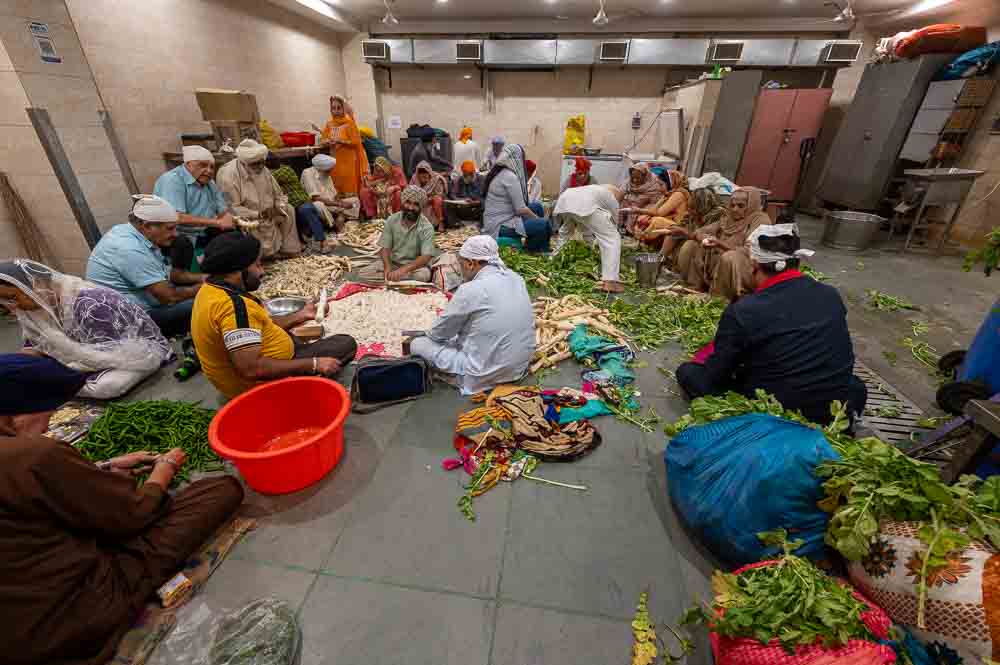
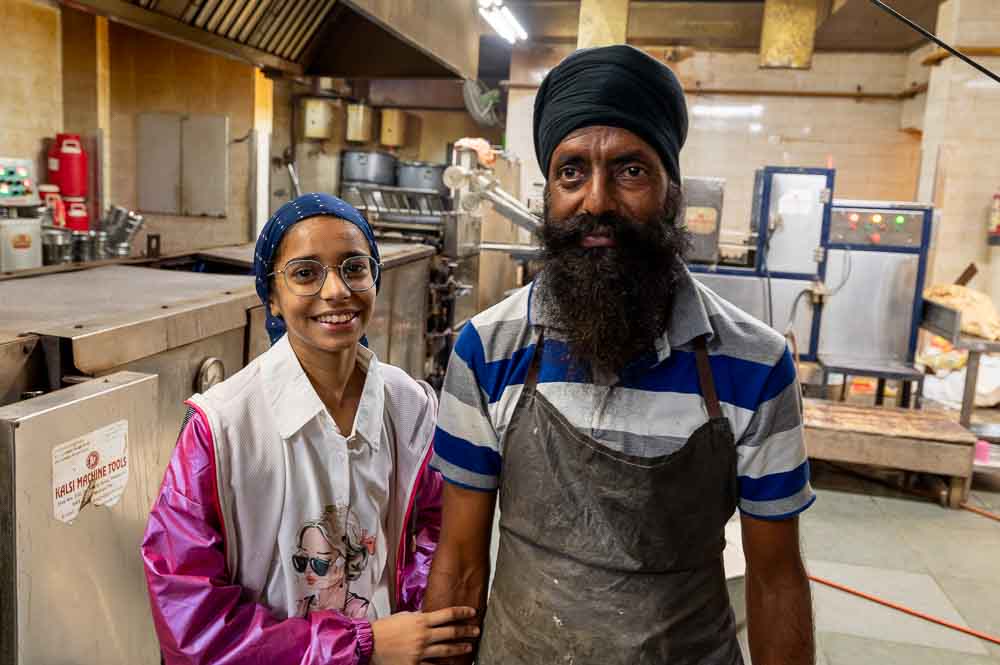
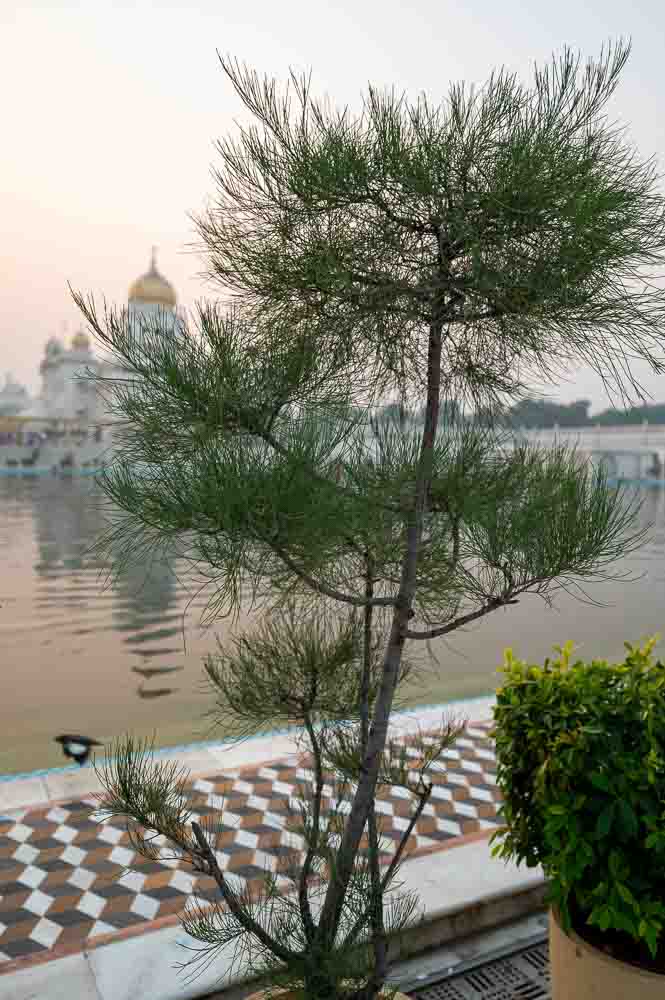
Jama Mashid (جامع مسجد)
One of the larger mosques in Delhi, it was built by Mughal Emperor Shah Jahan (who also had the Tah Mahal built) between 1644 and 1656. The name is not unique to this particular mosque as it has been used to name (any) community or Friday mosque, with many mosques around the world bearing the same name.
Located in Shahjahanabad (which is now known of Old Delhi), the site was visited early in the morning when it was very peaceful.
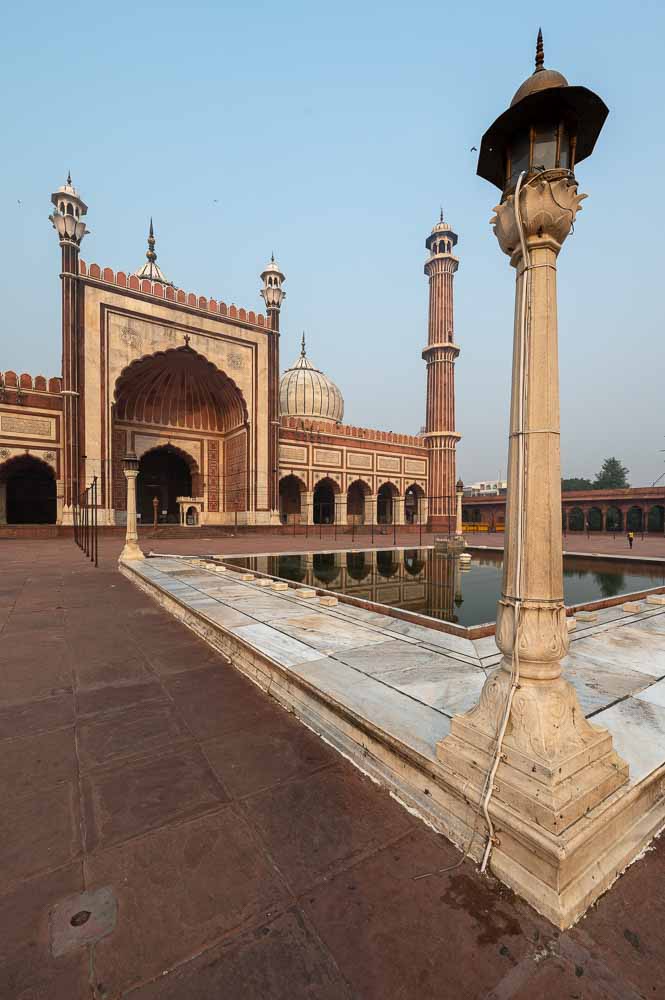
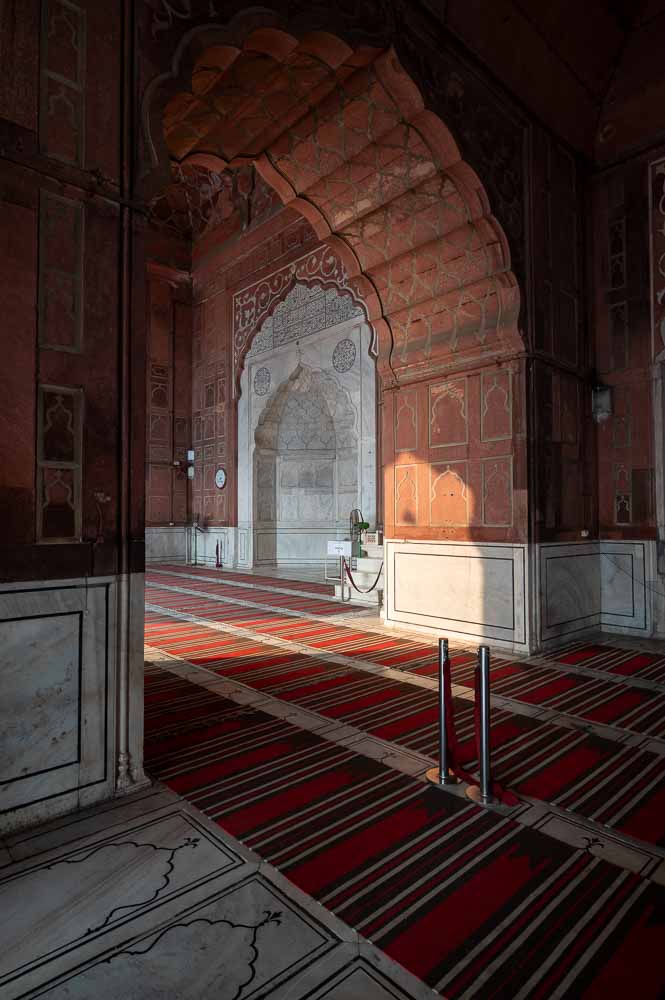
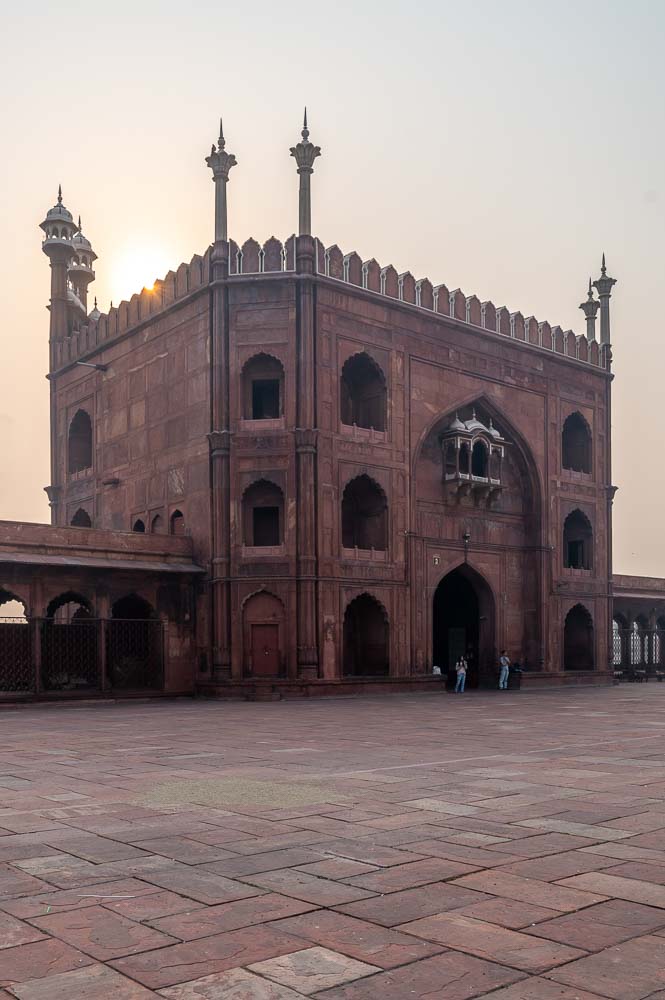
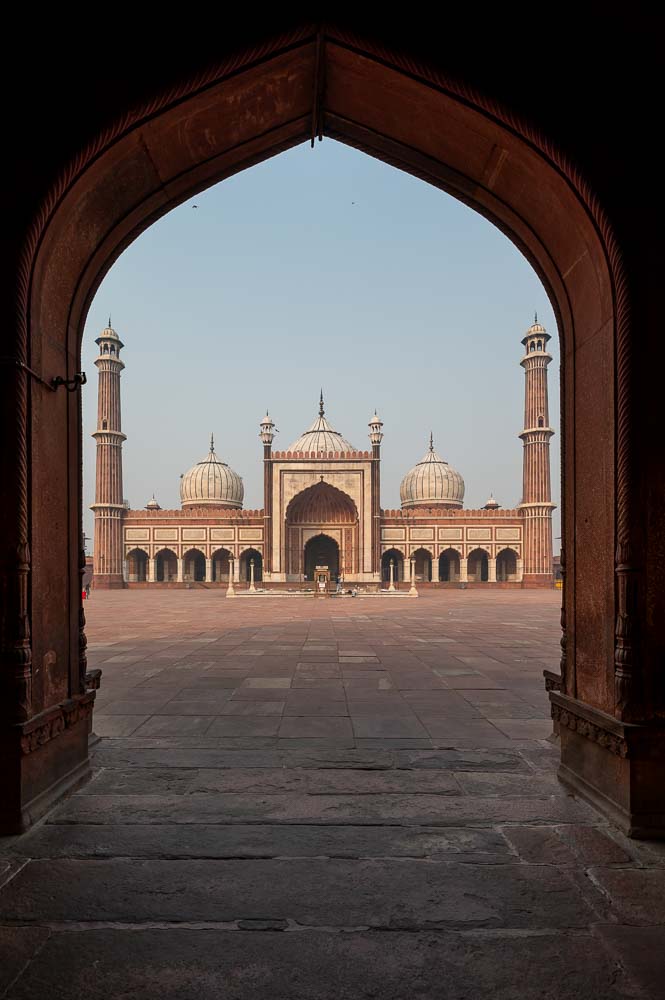
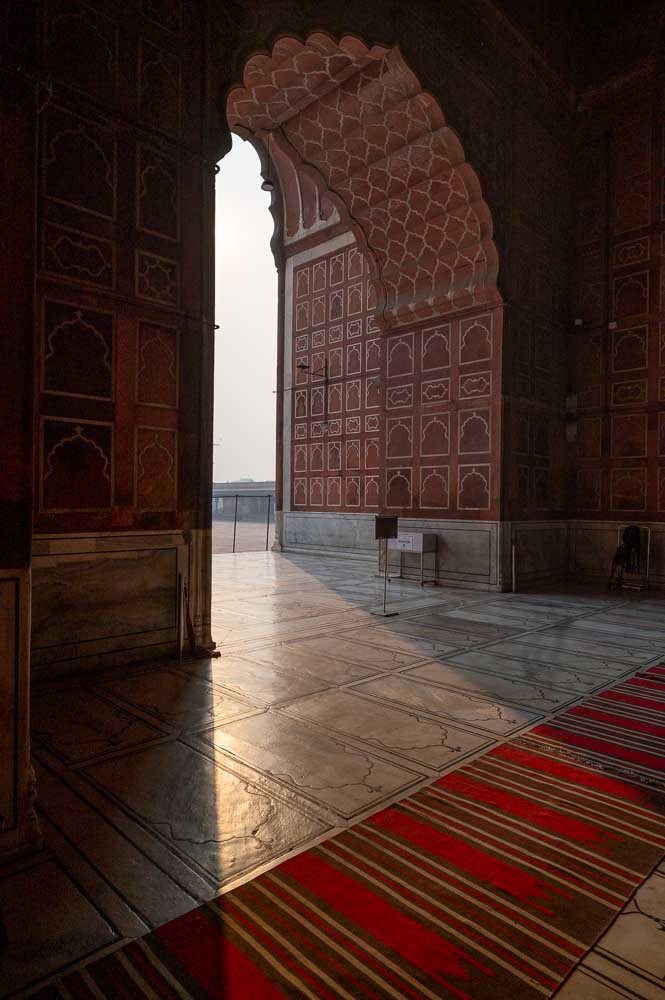
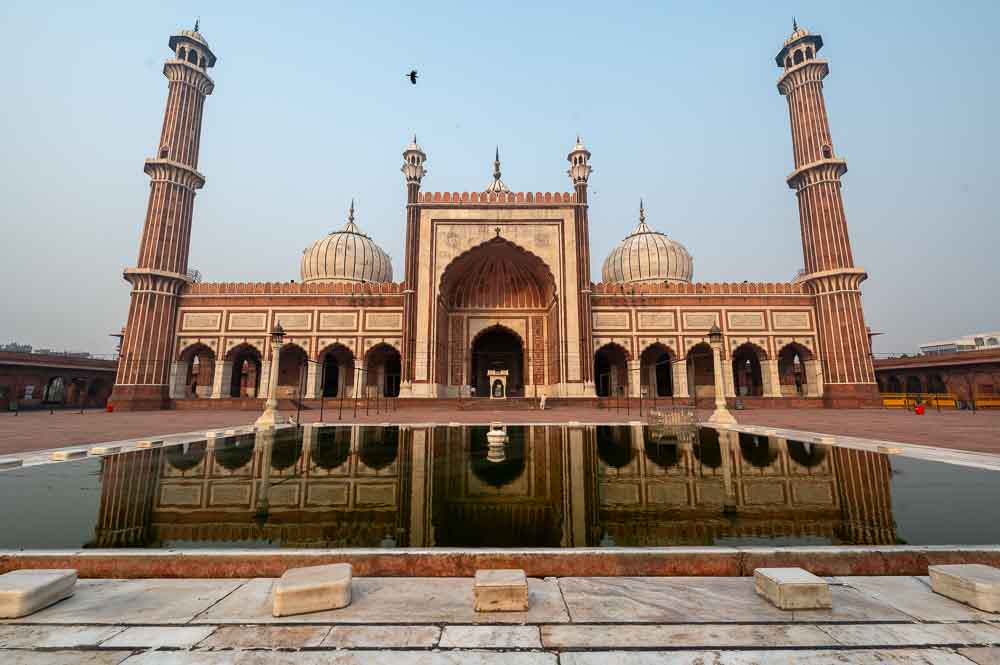
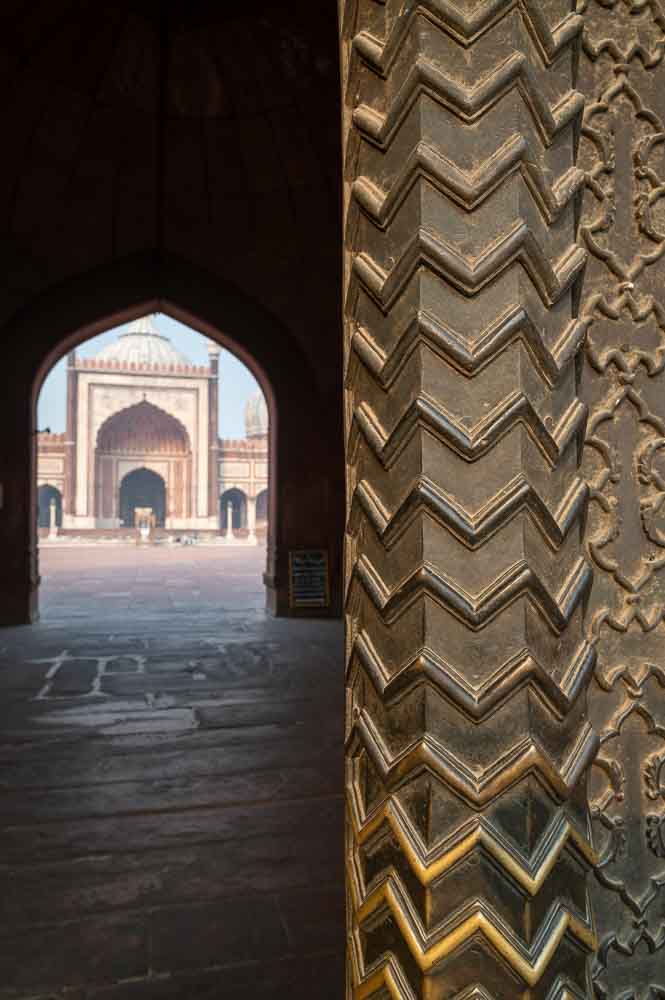
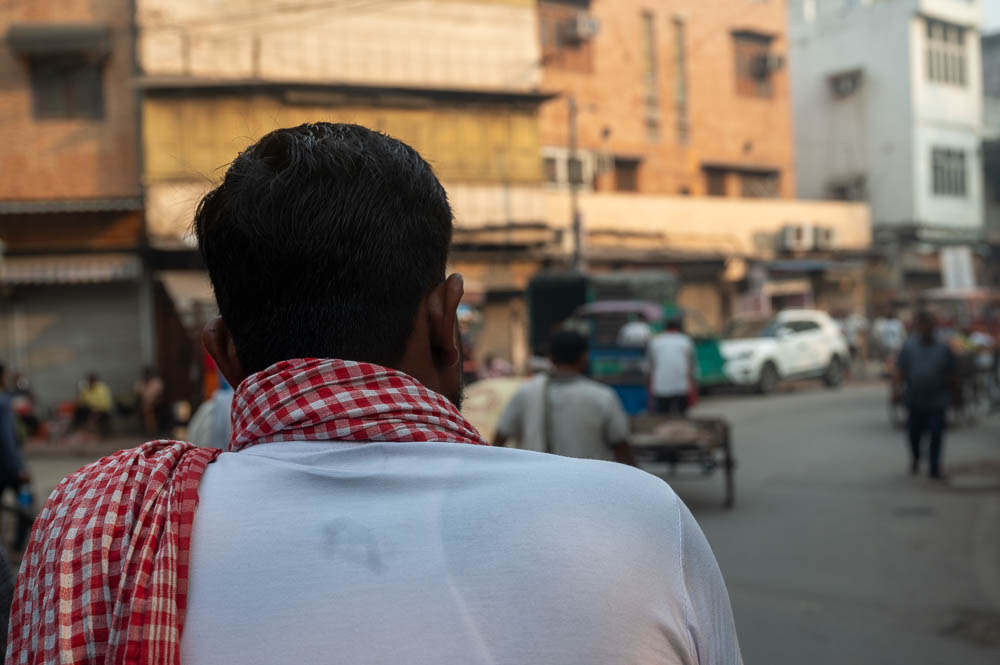
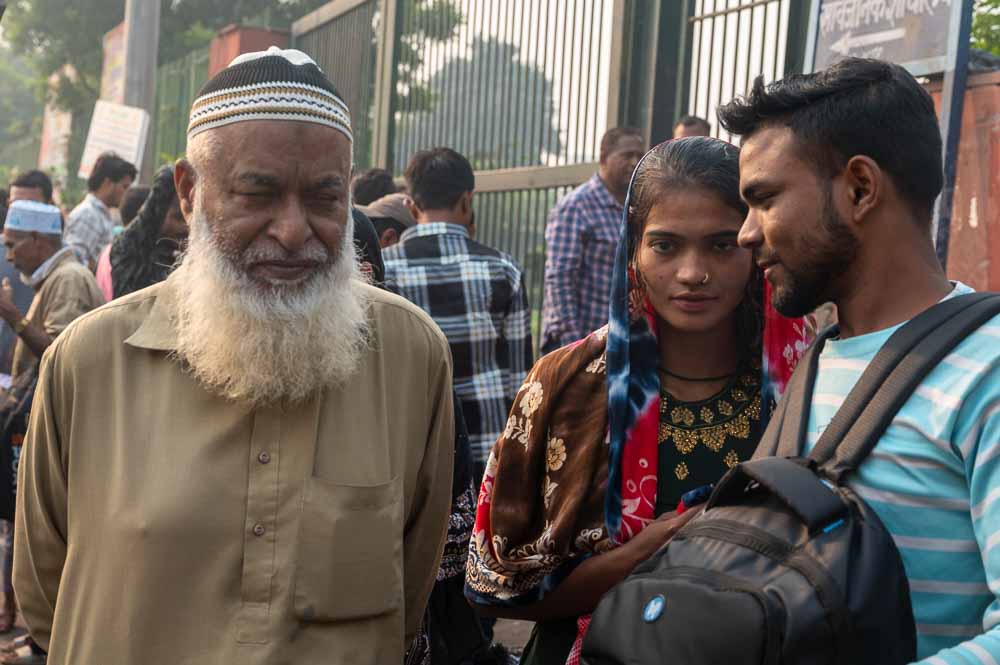
Various other sites in Delhi
